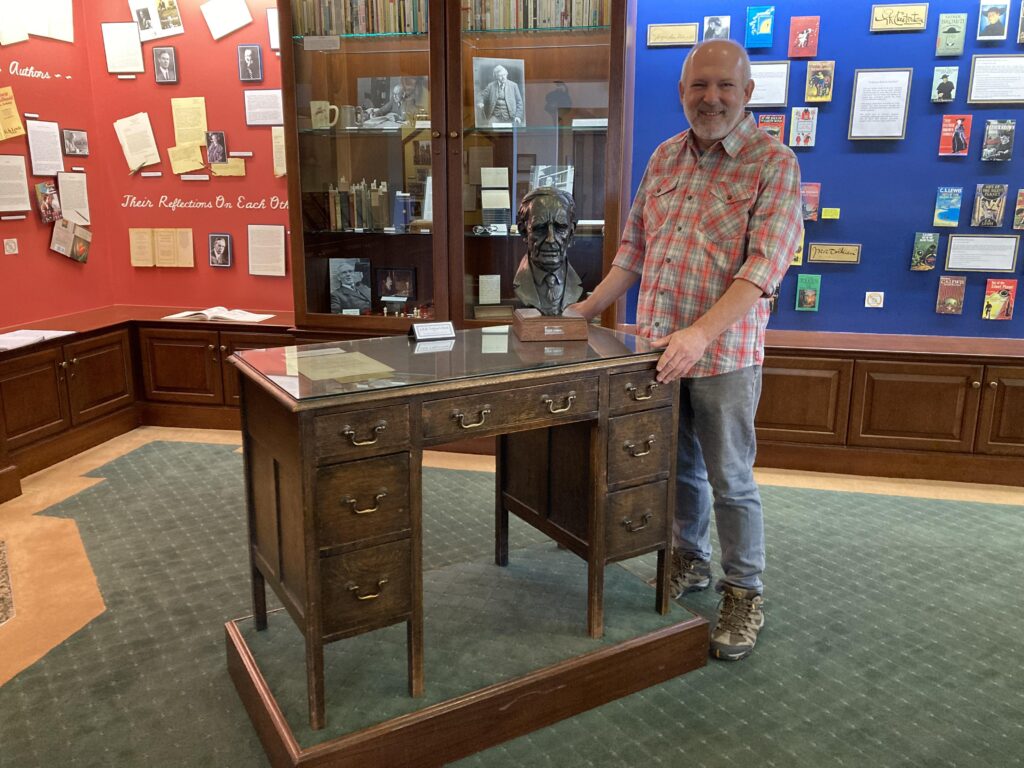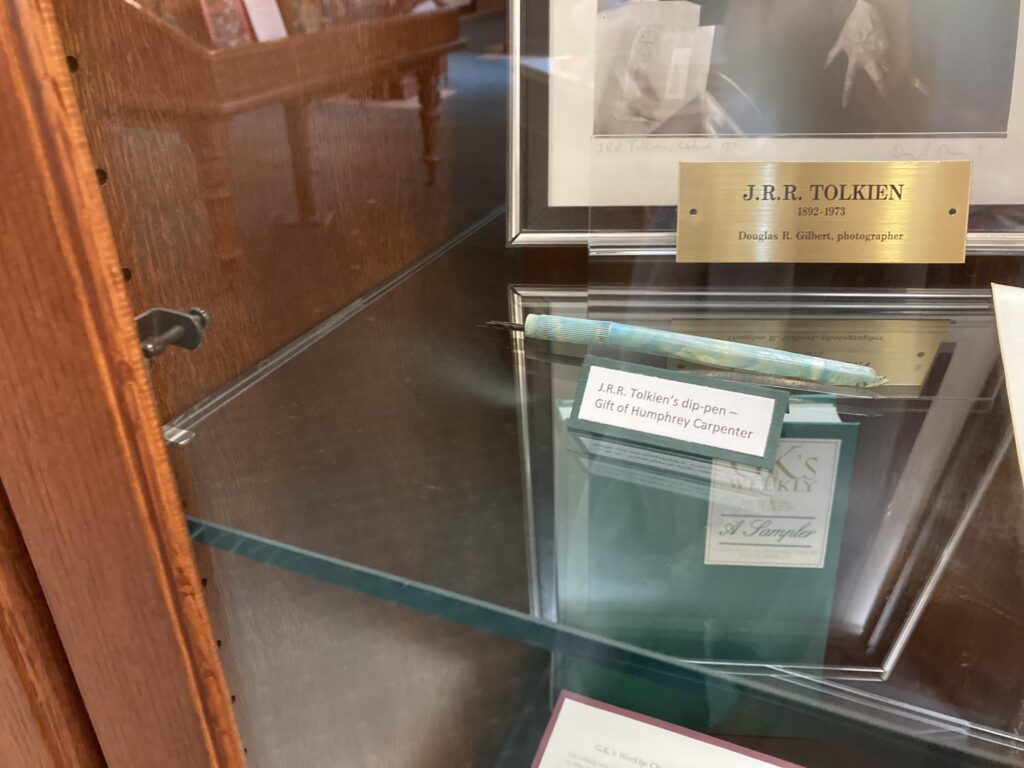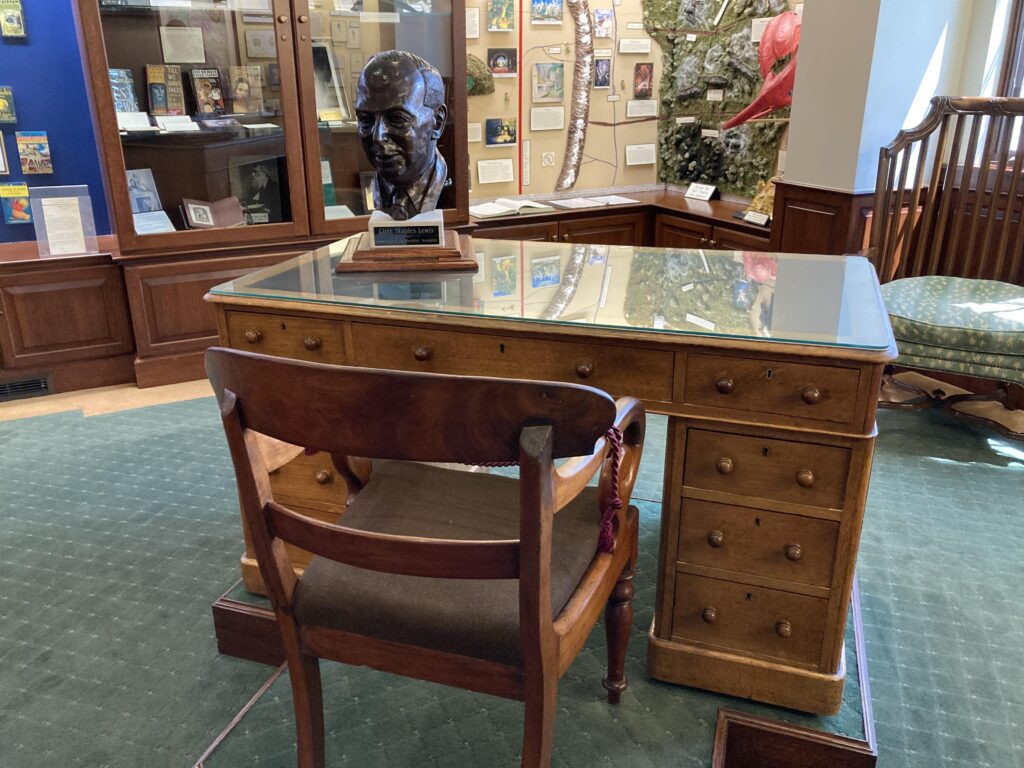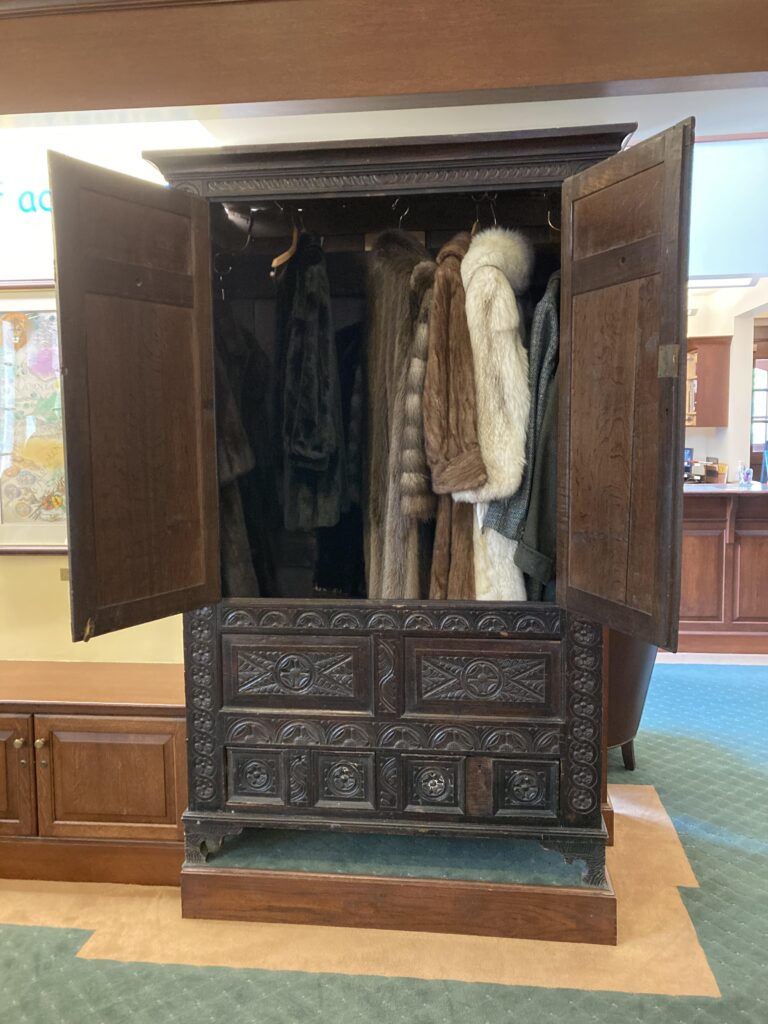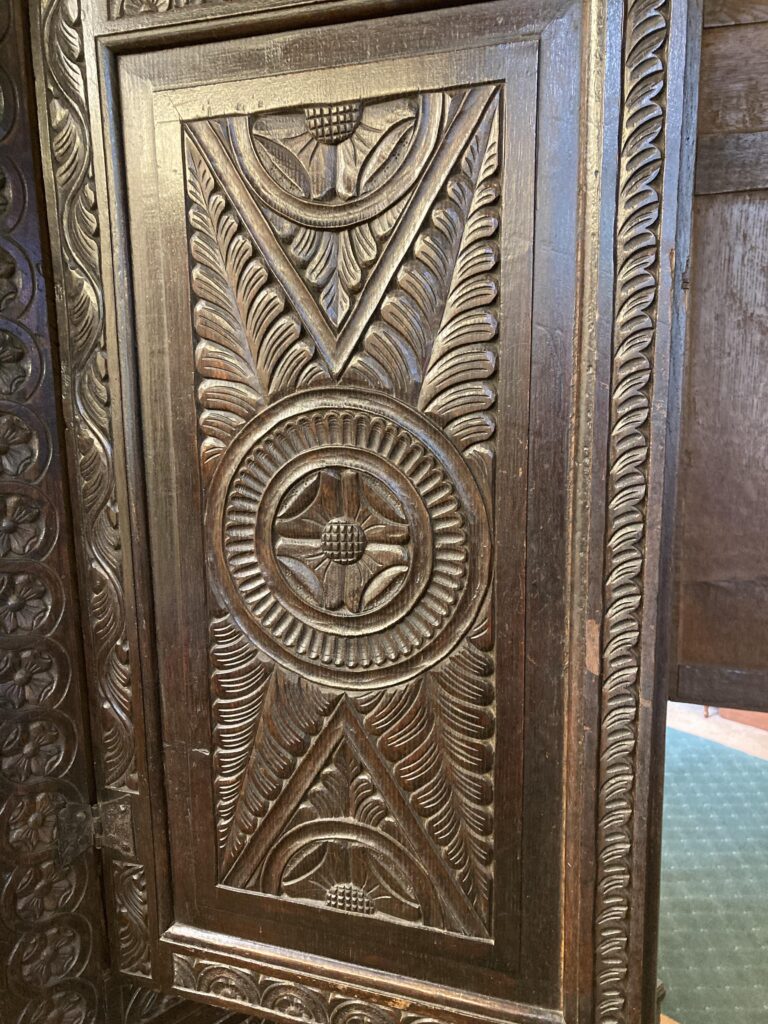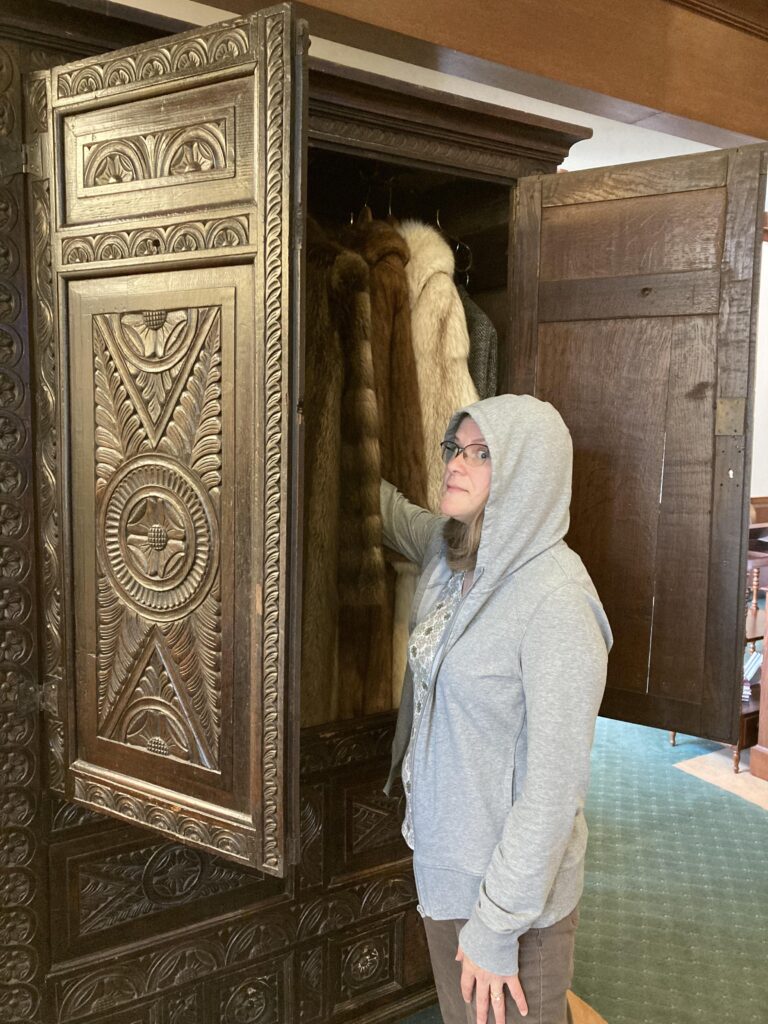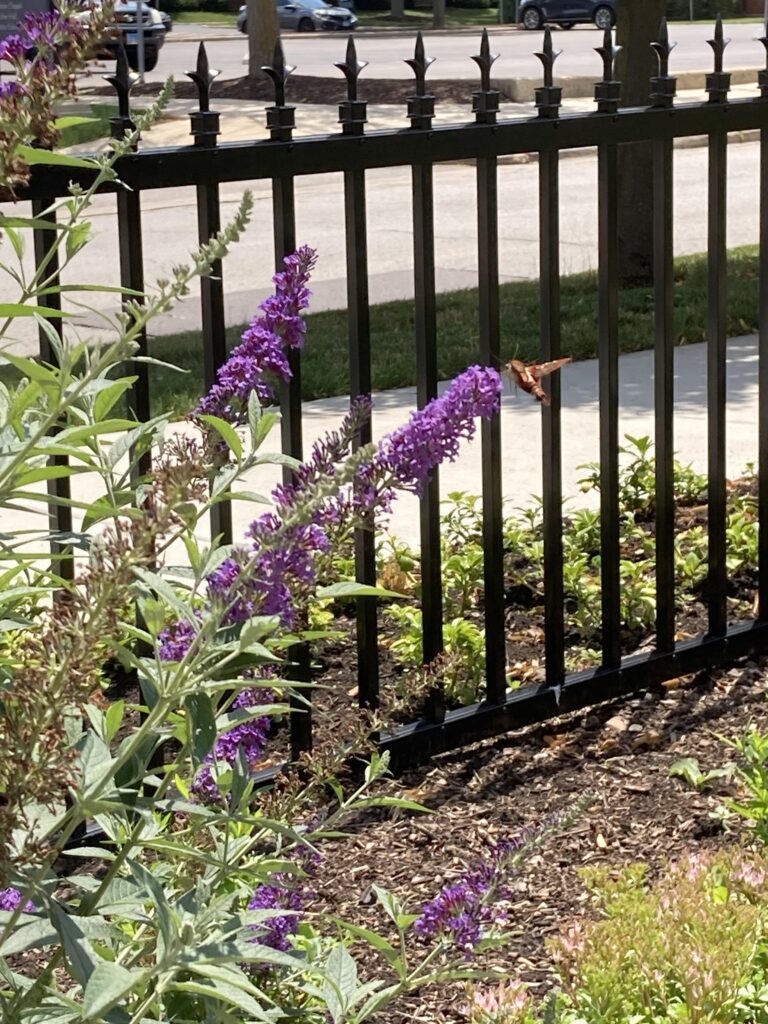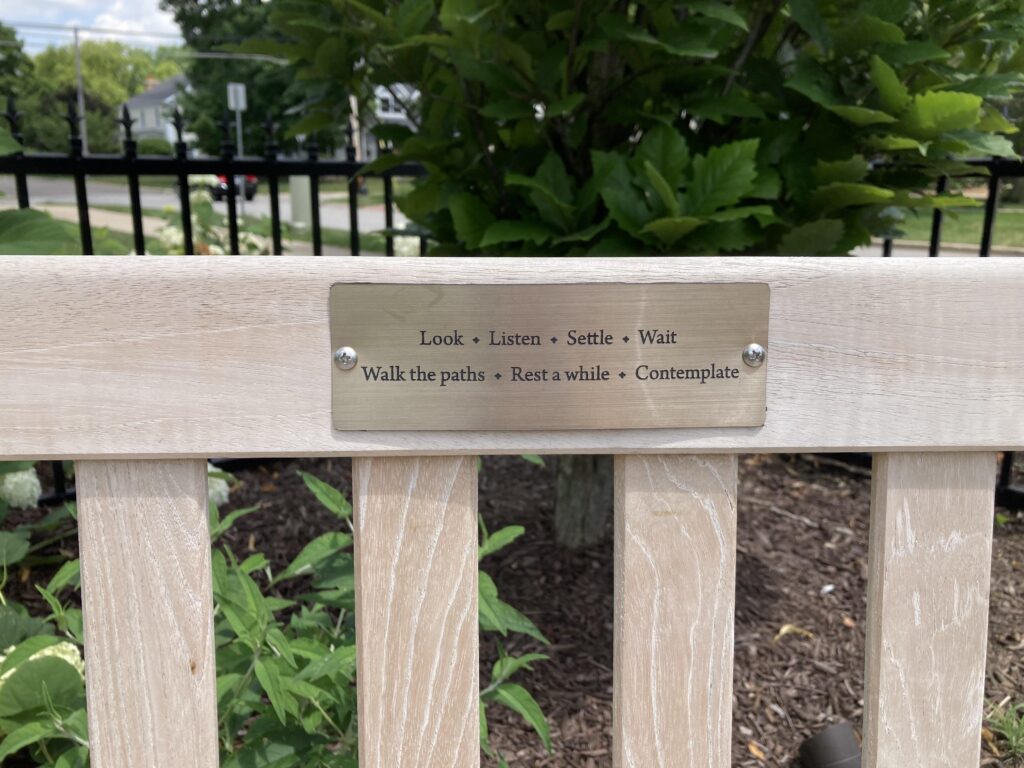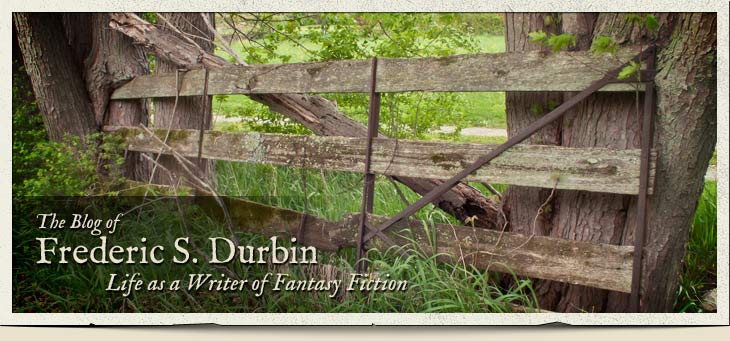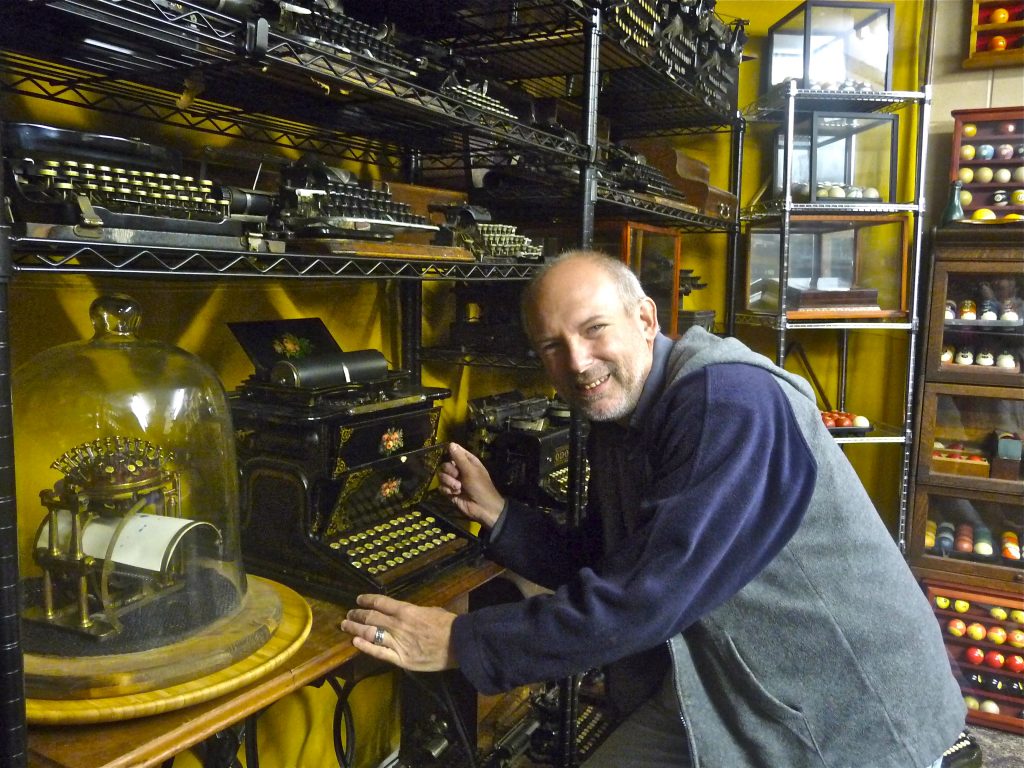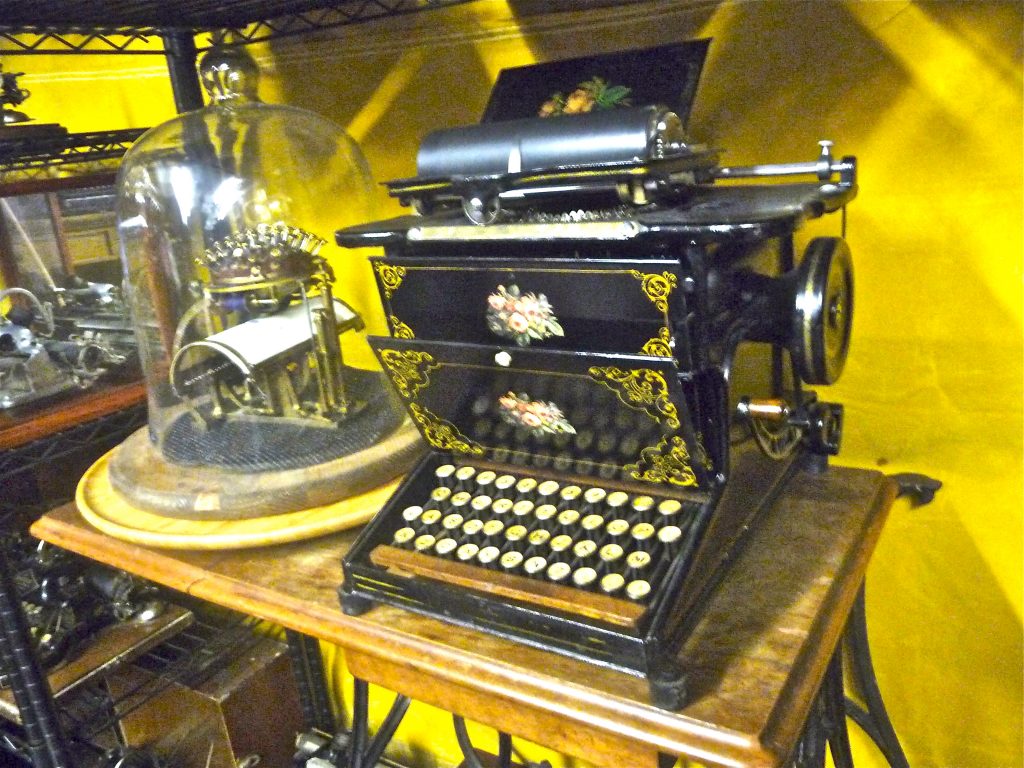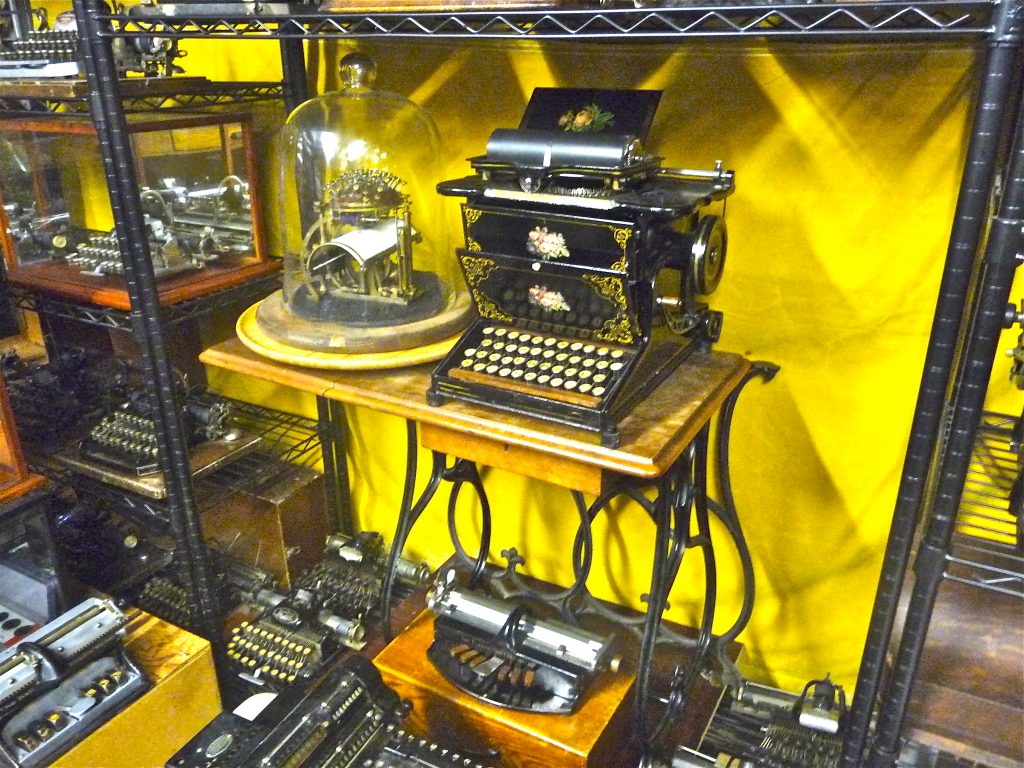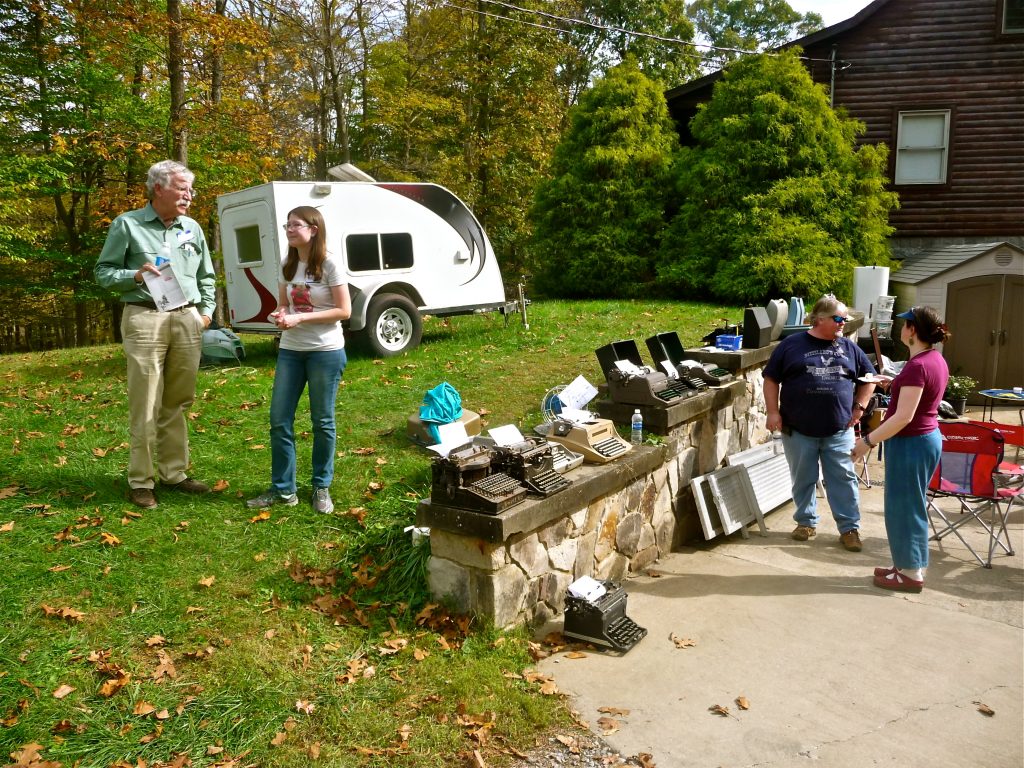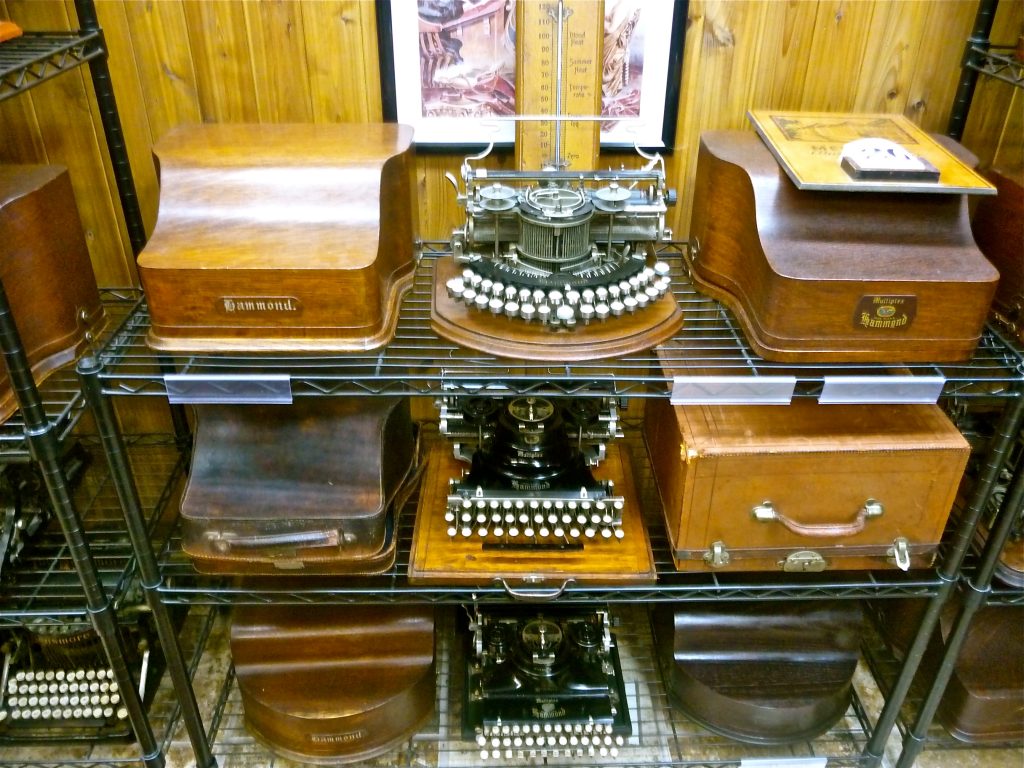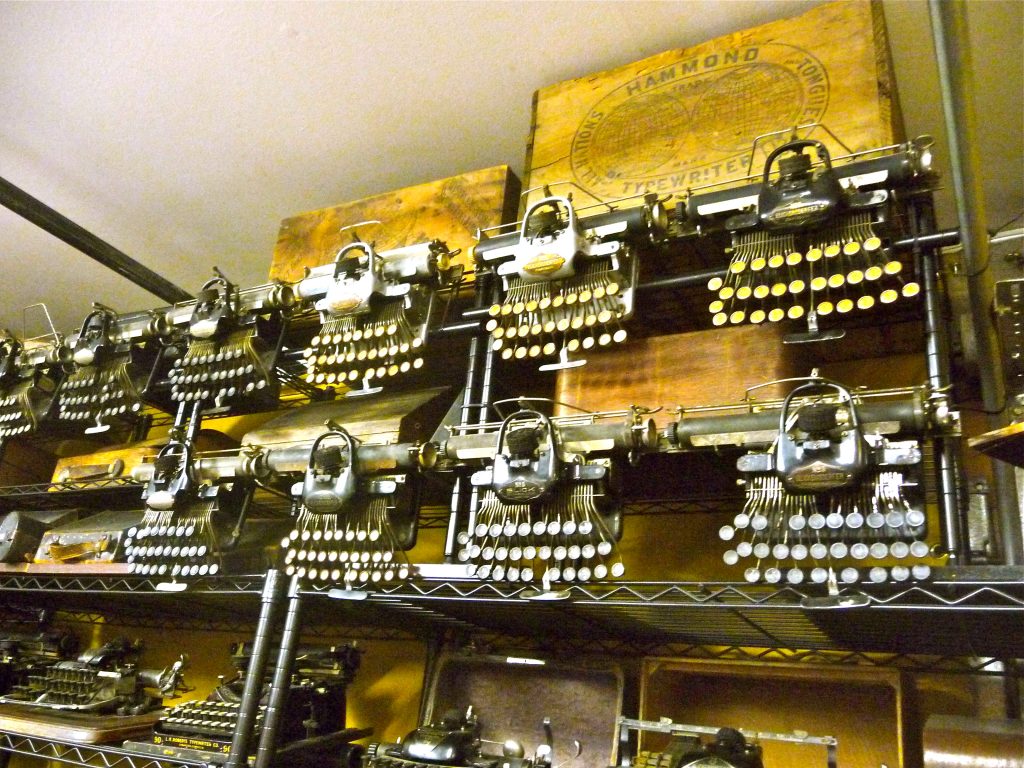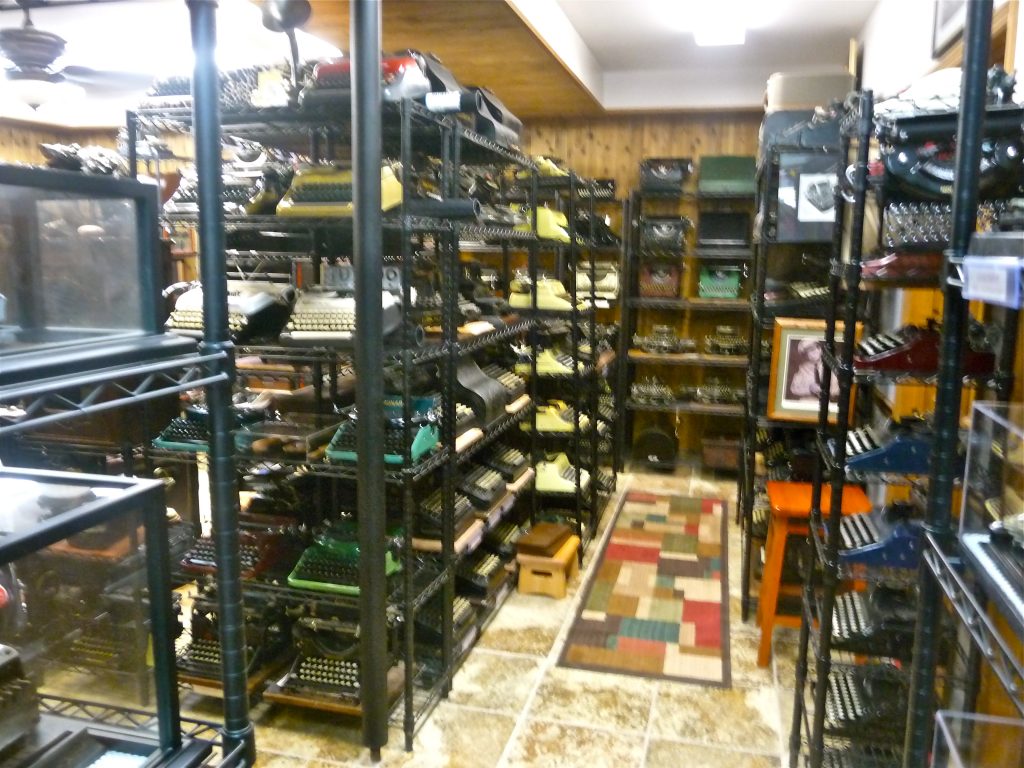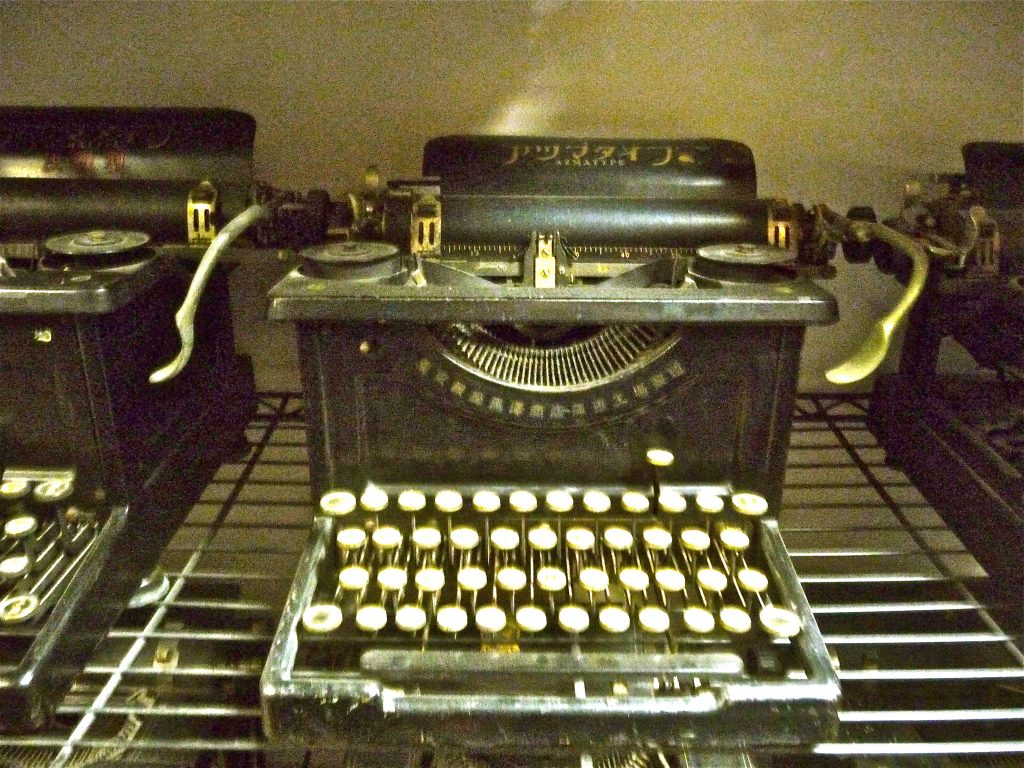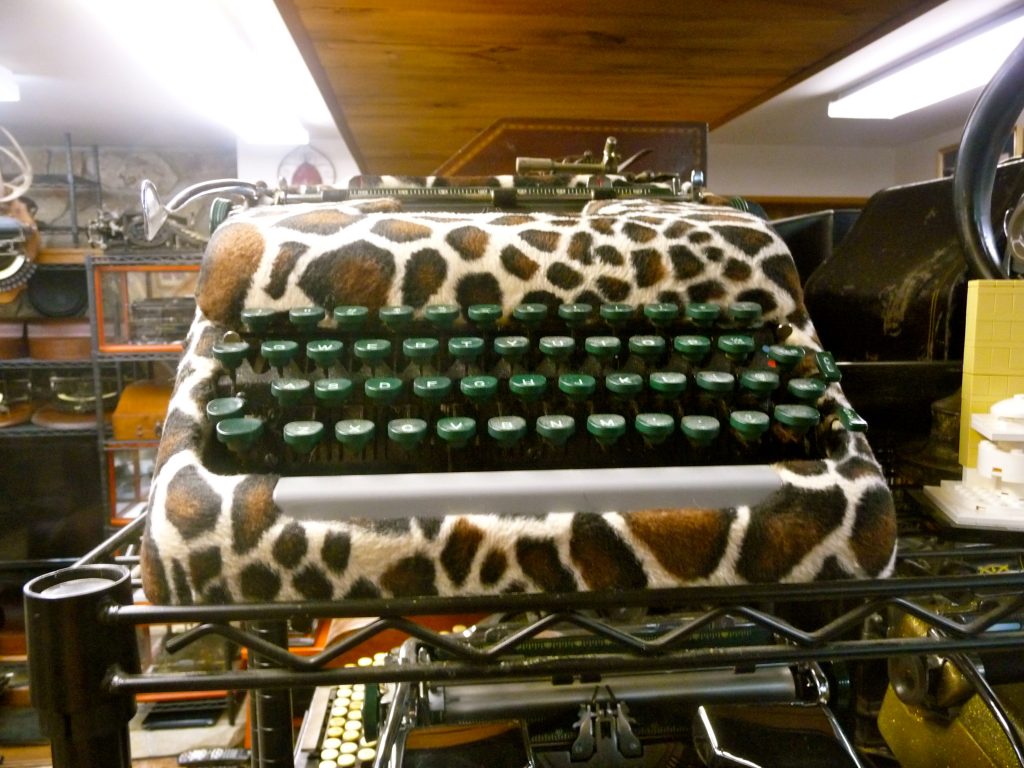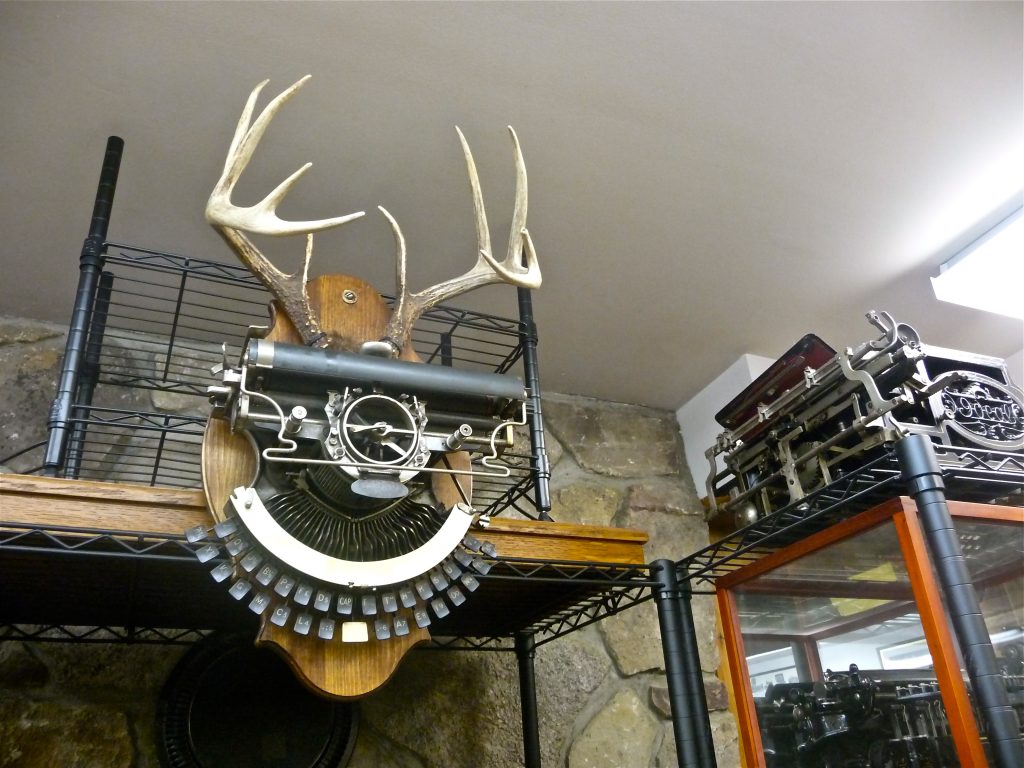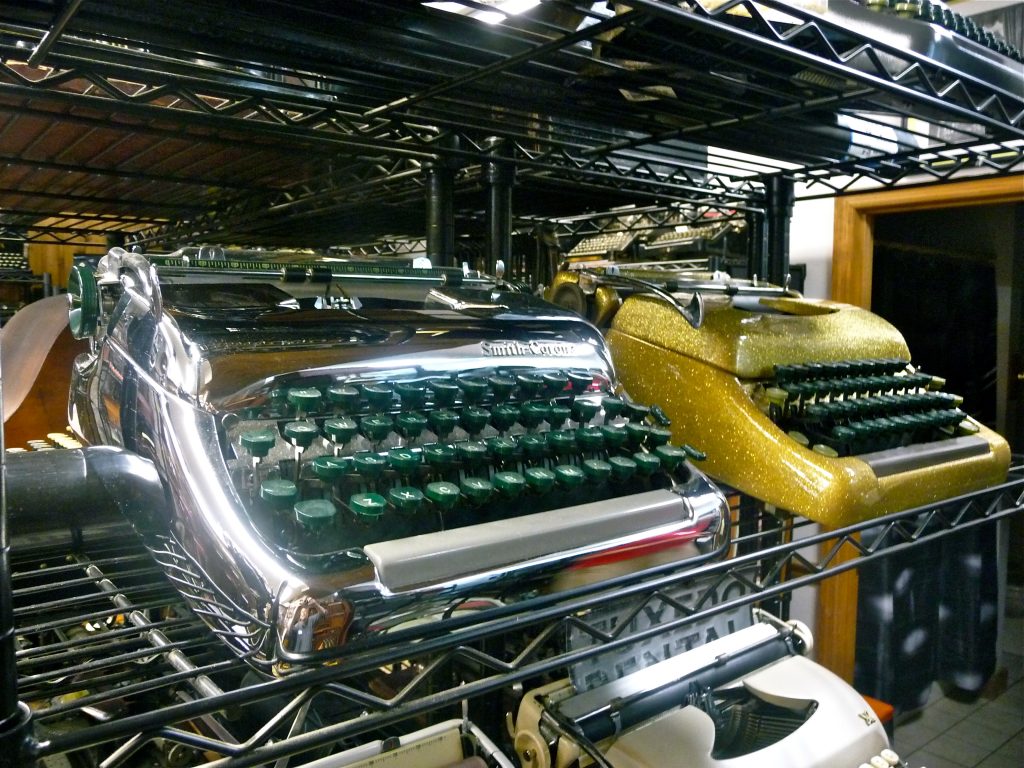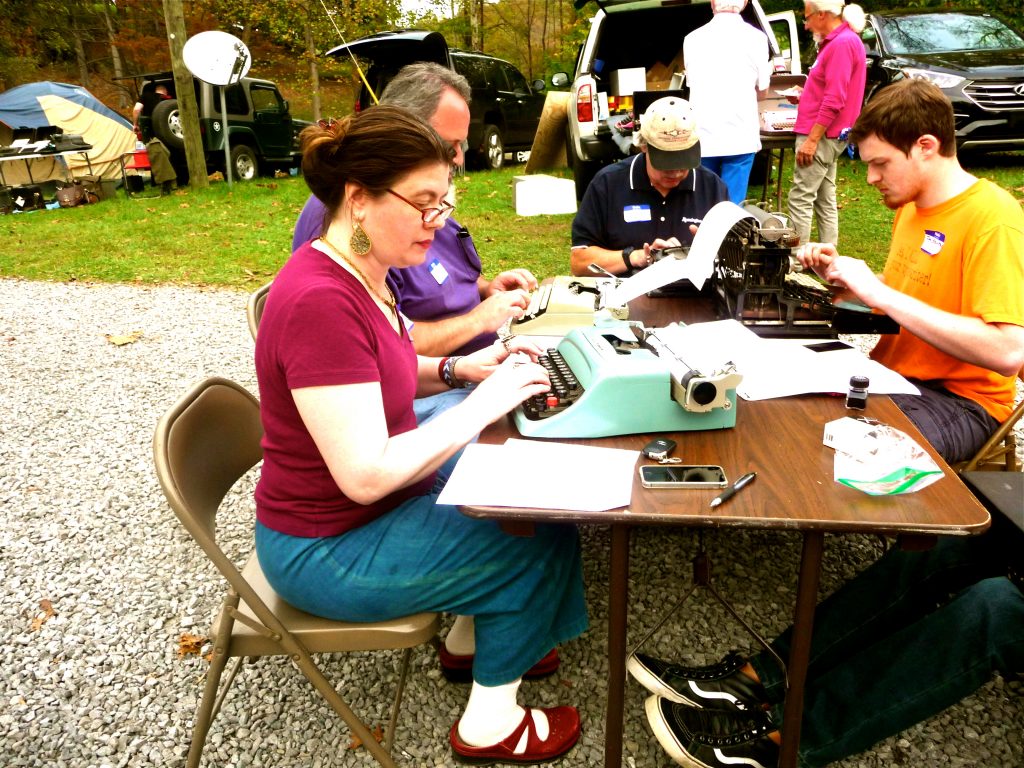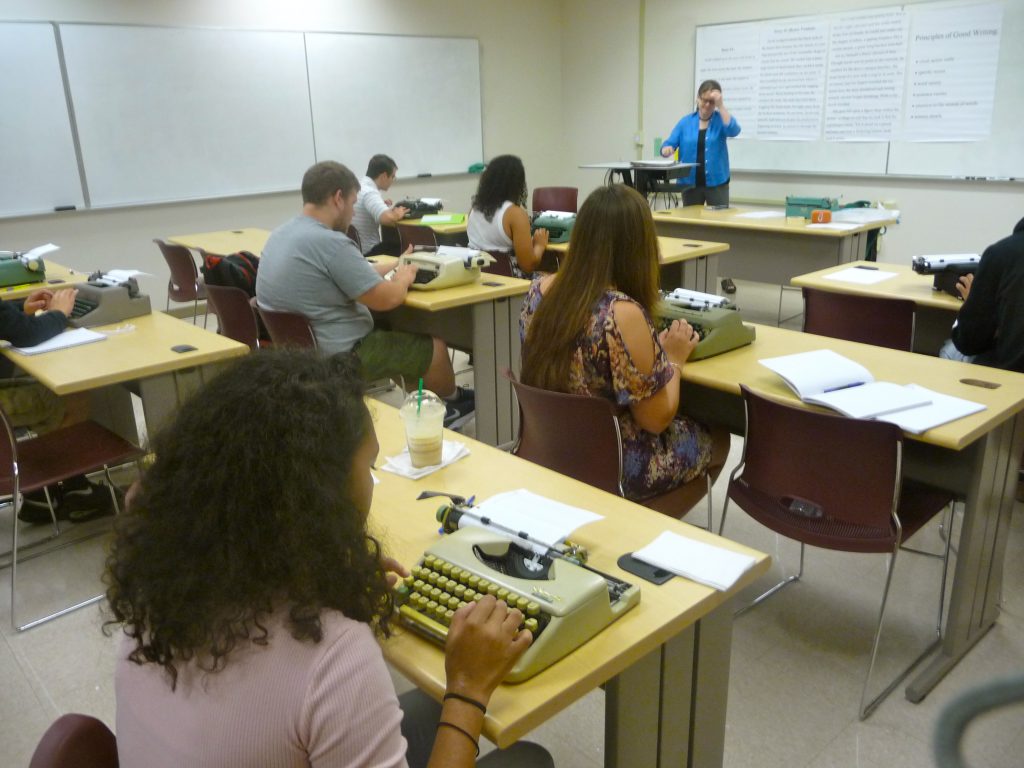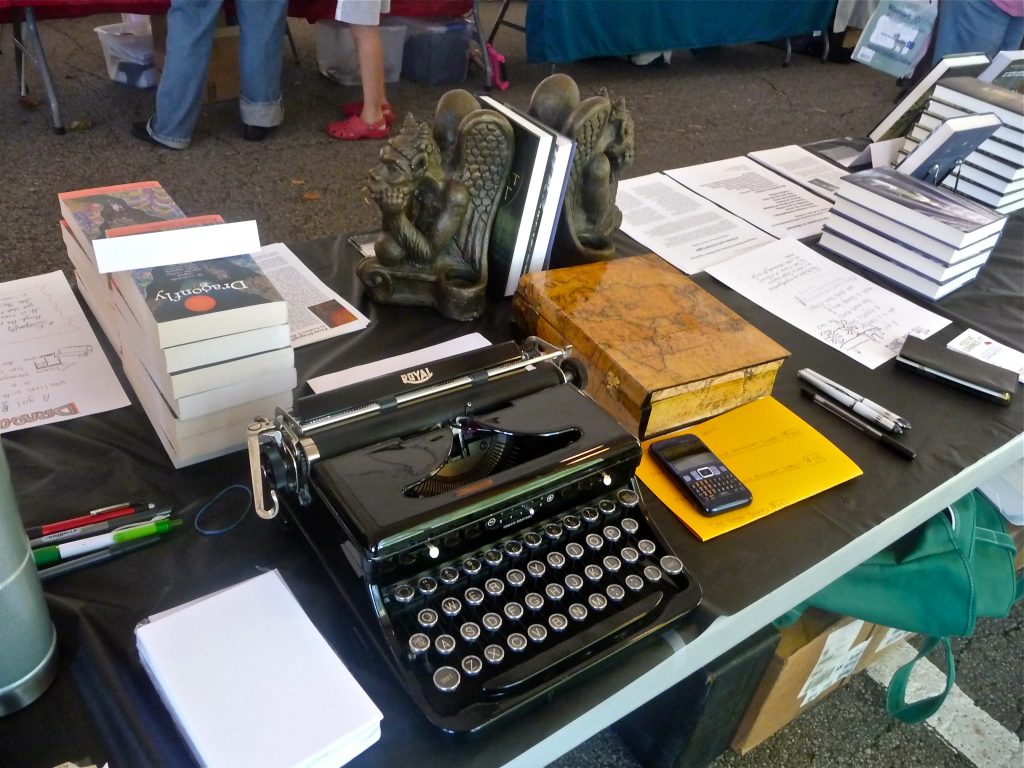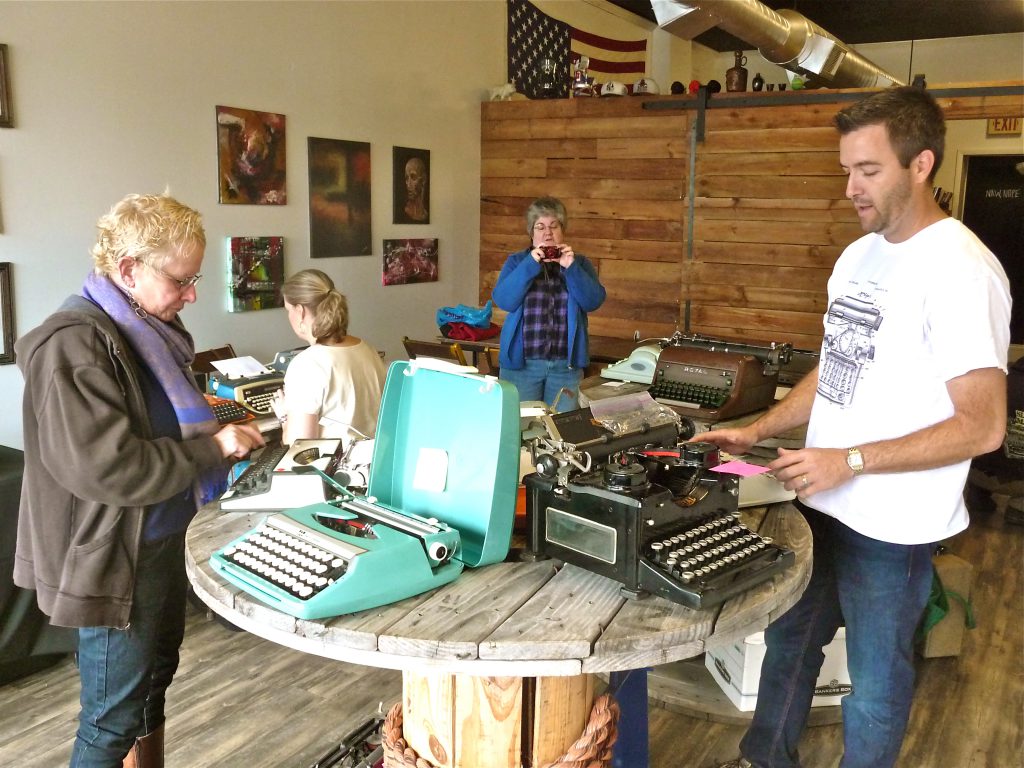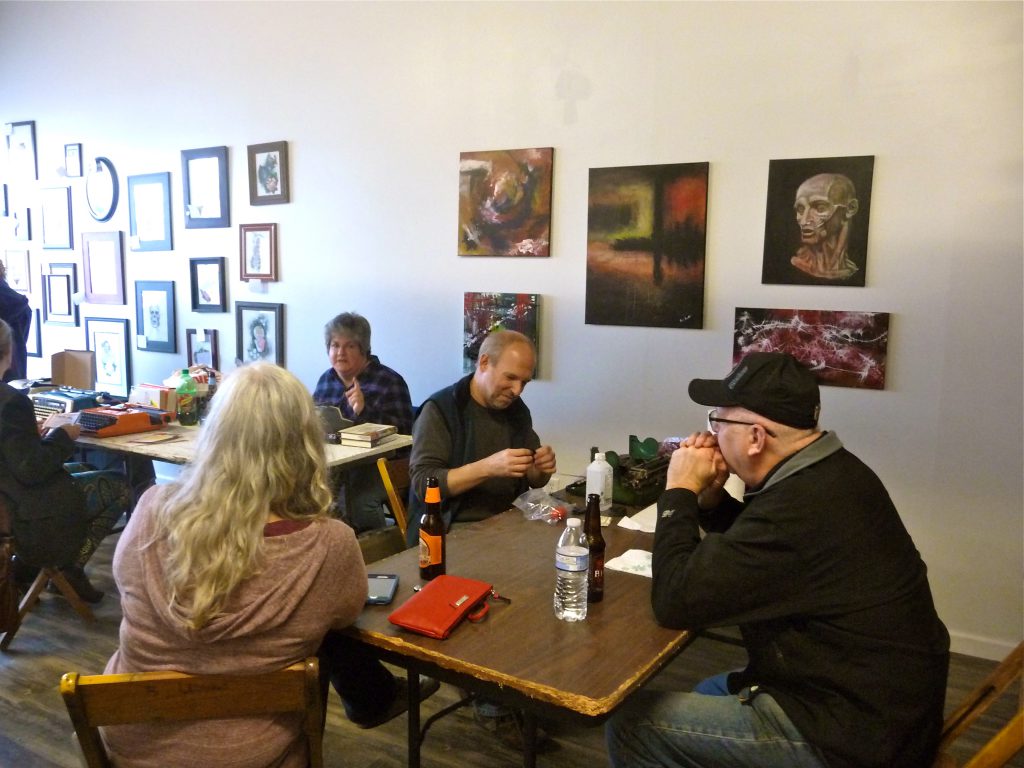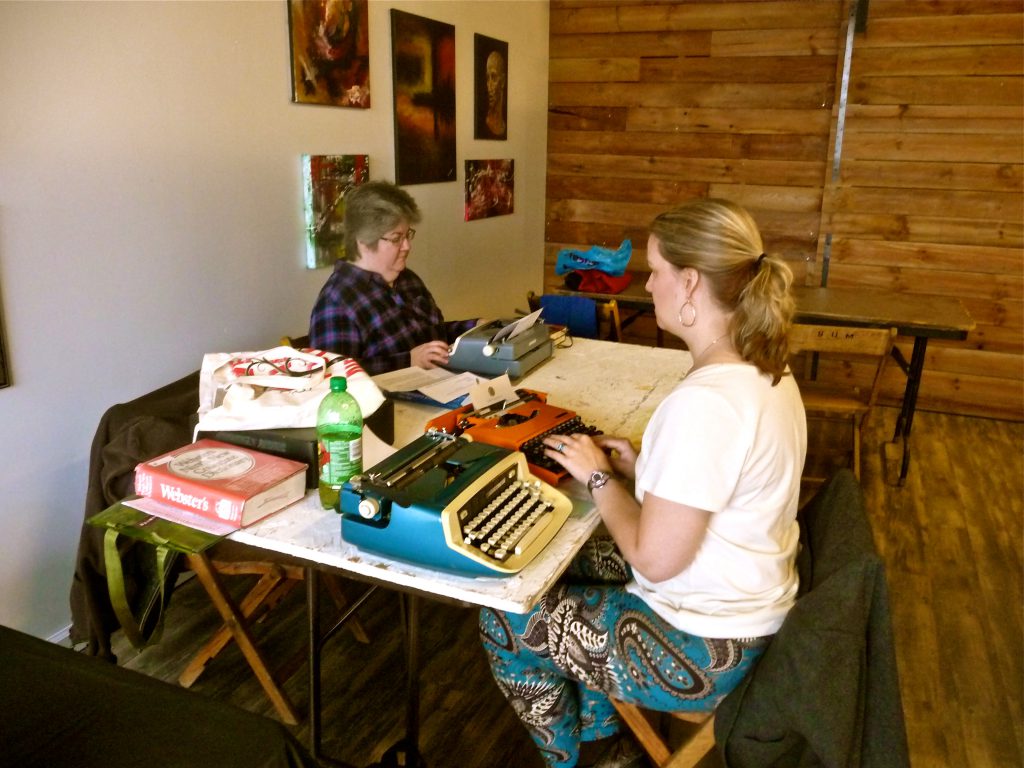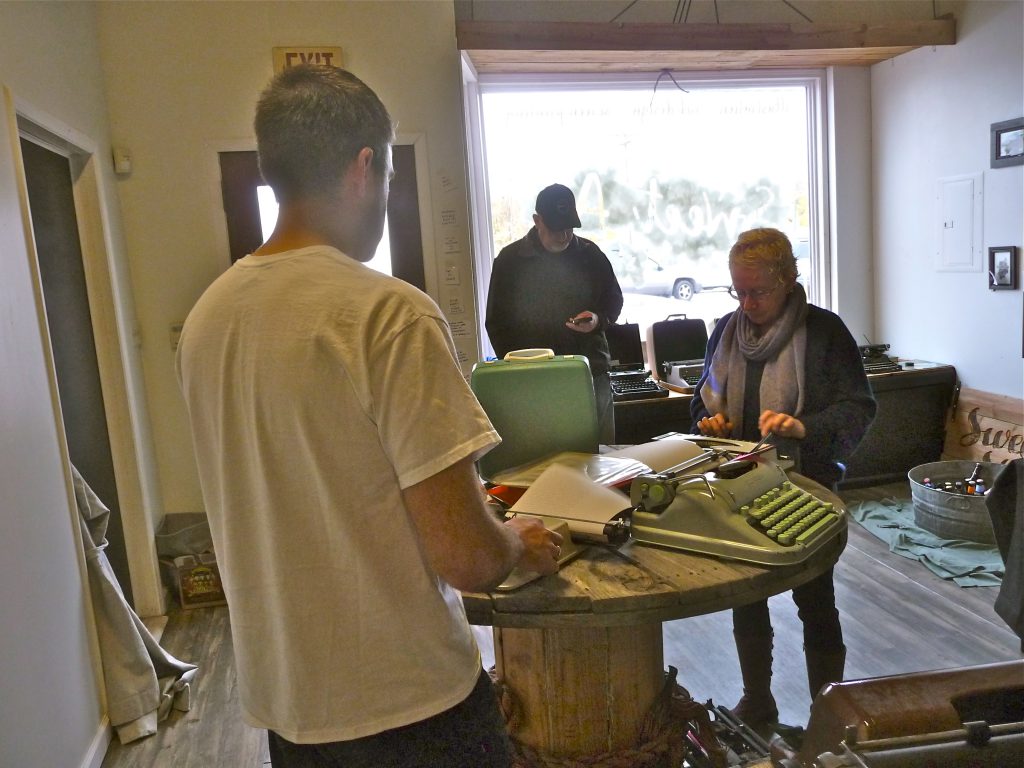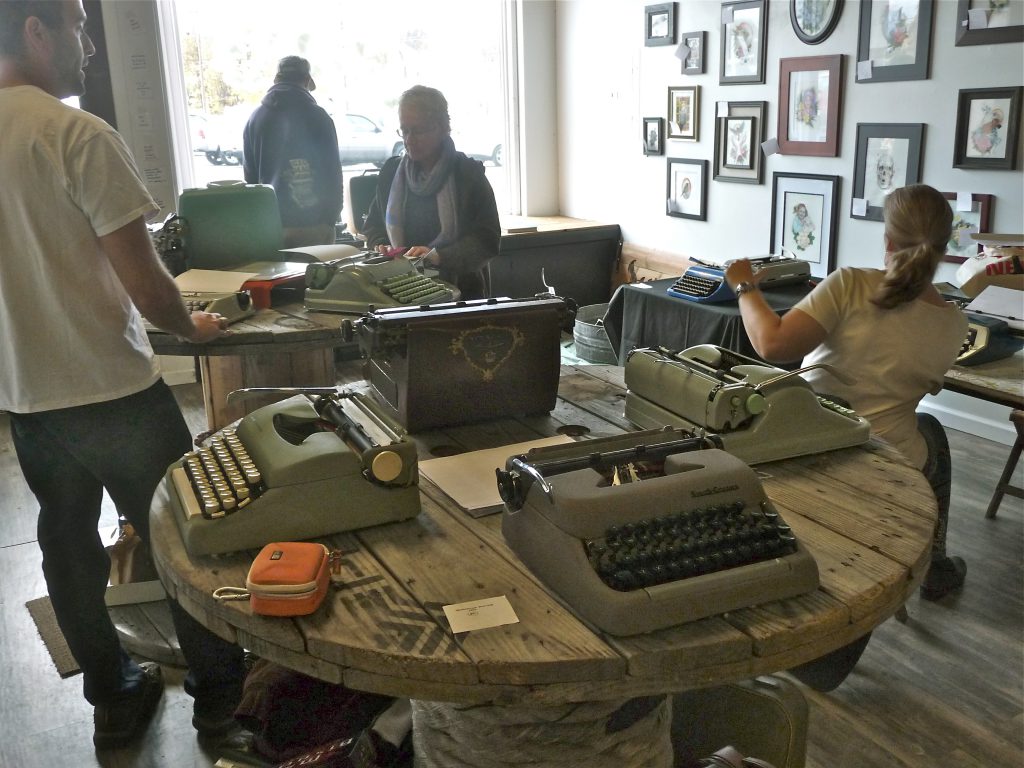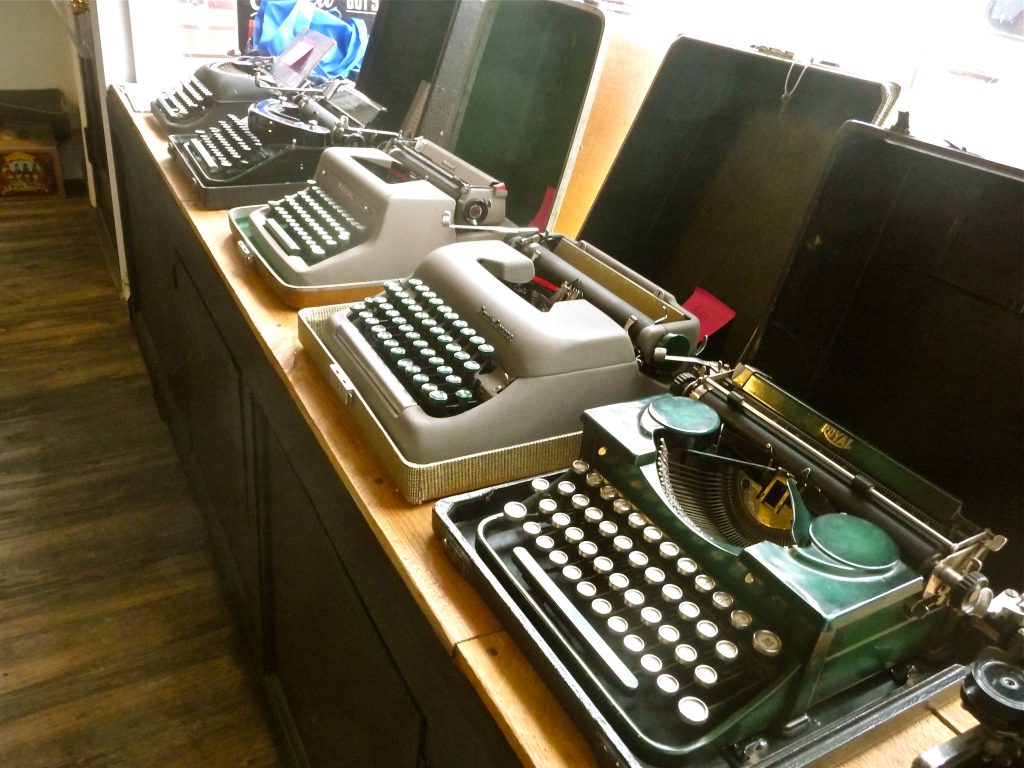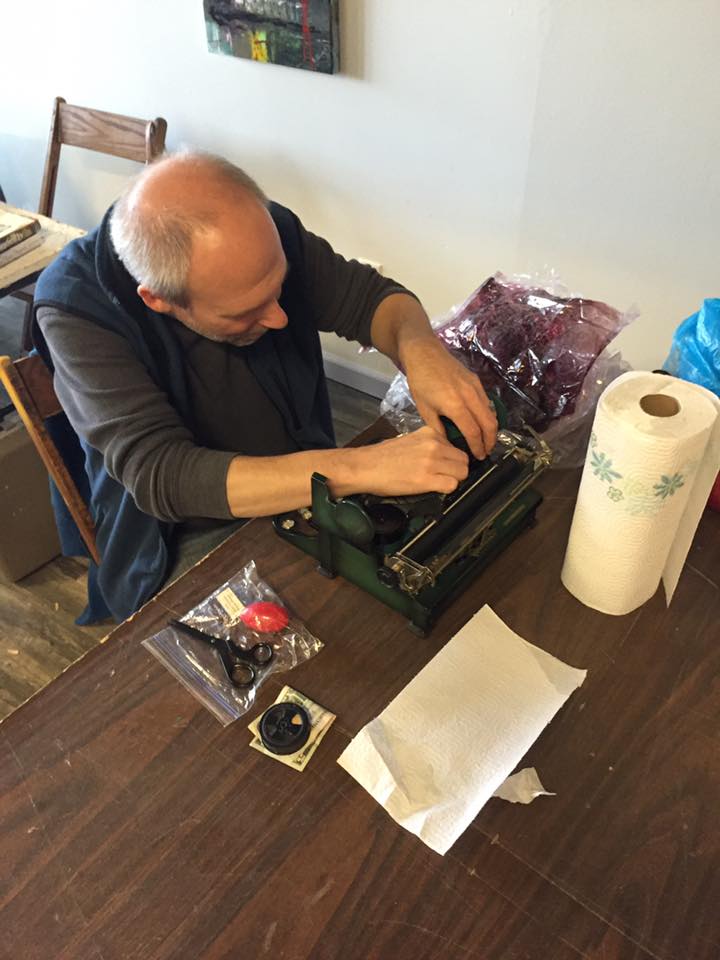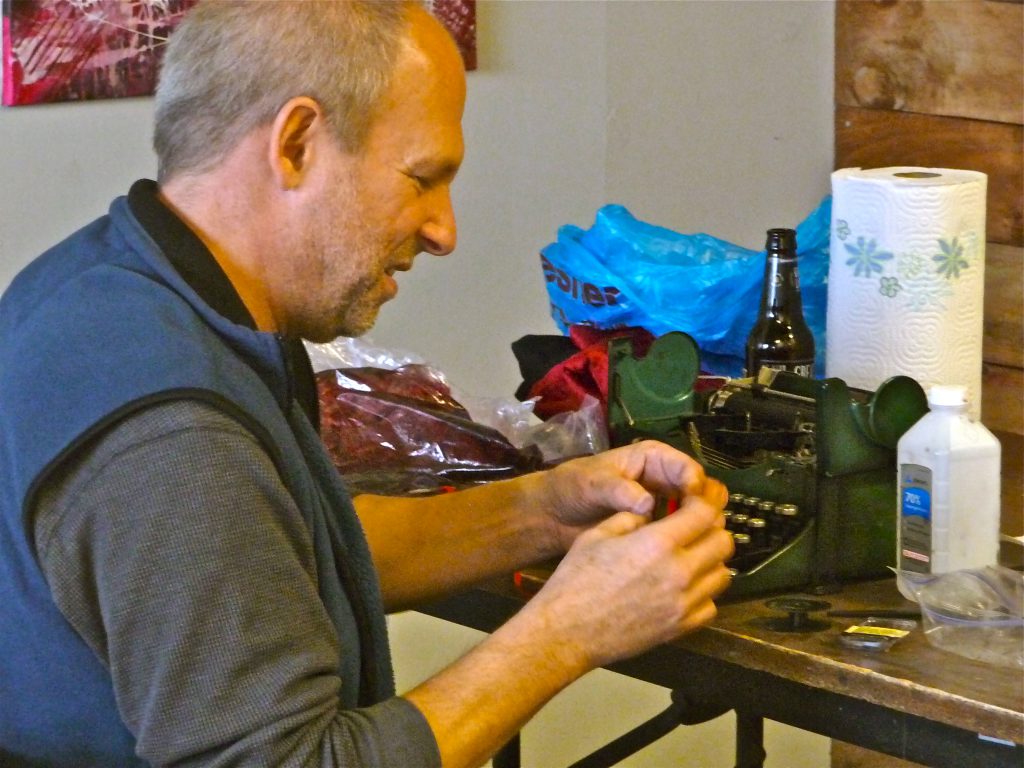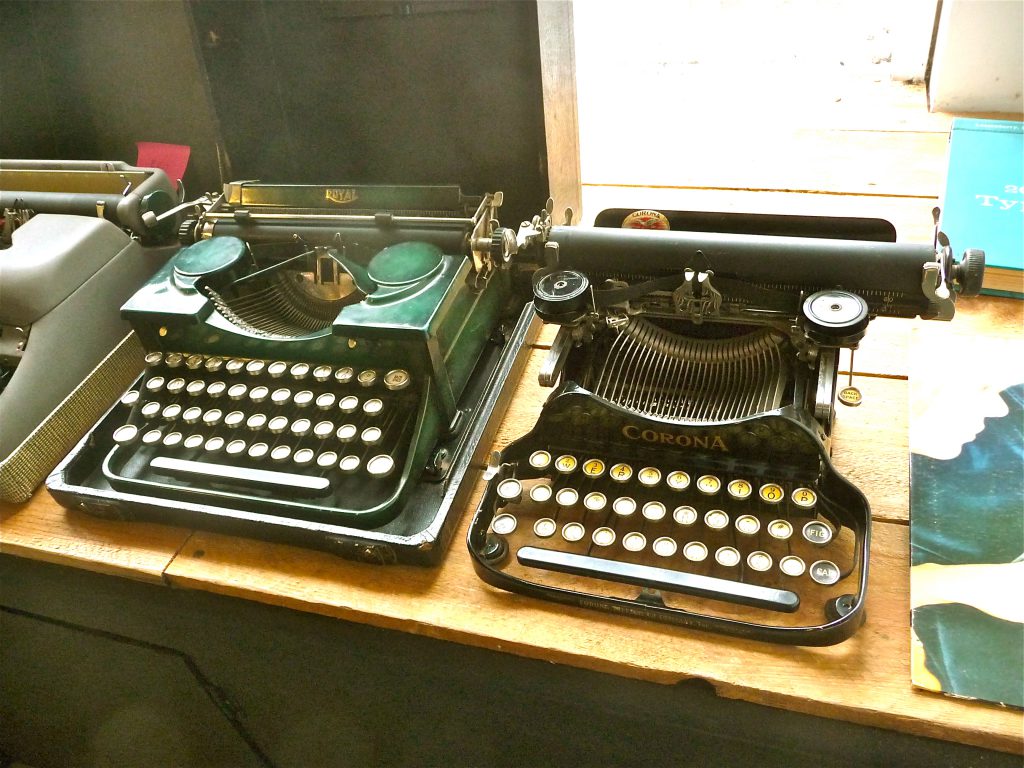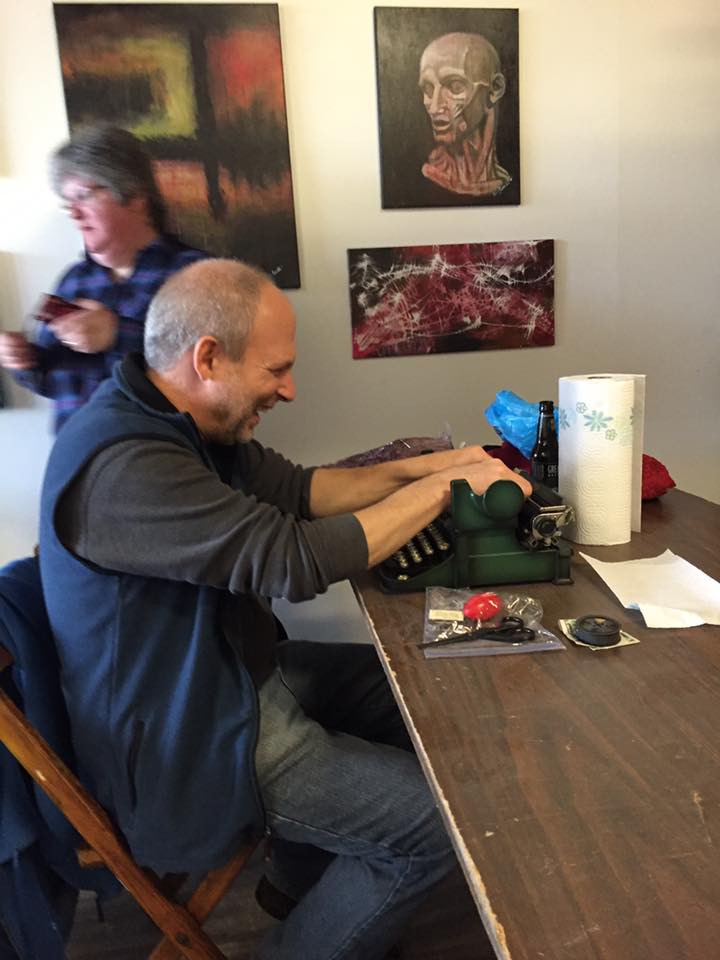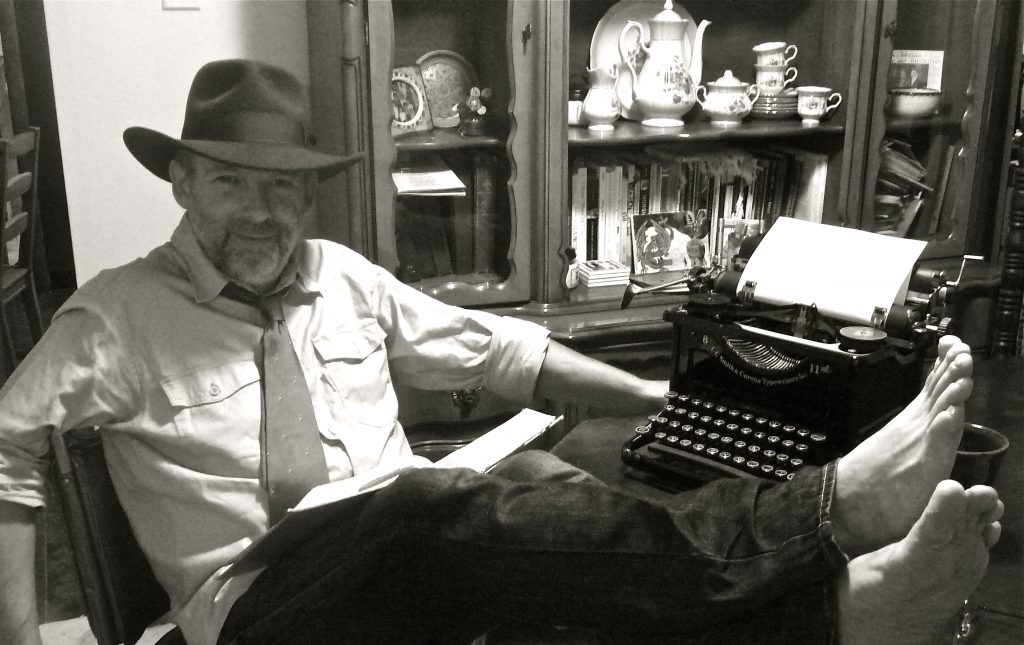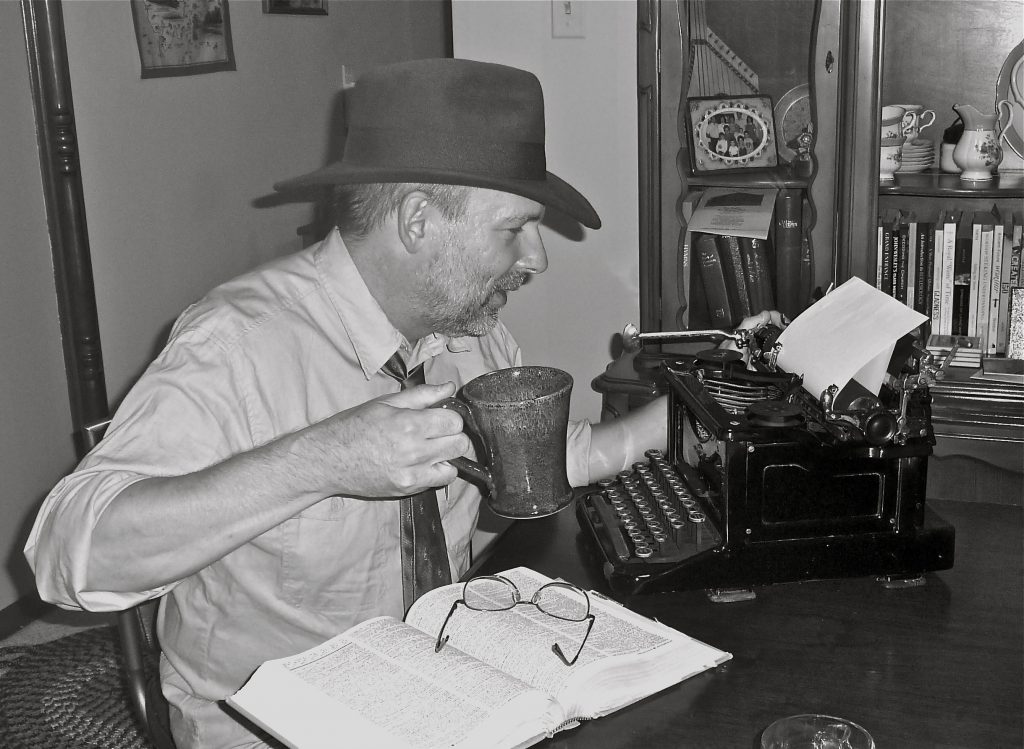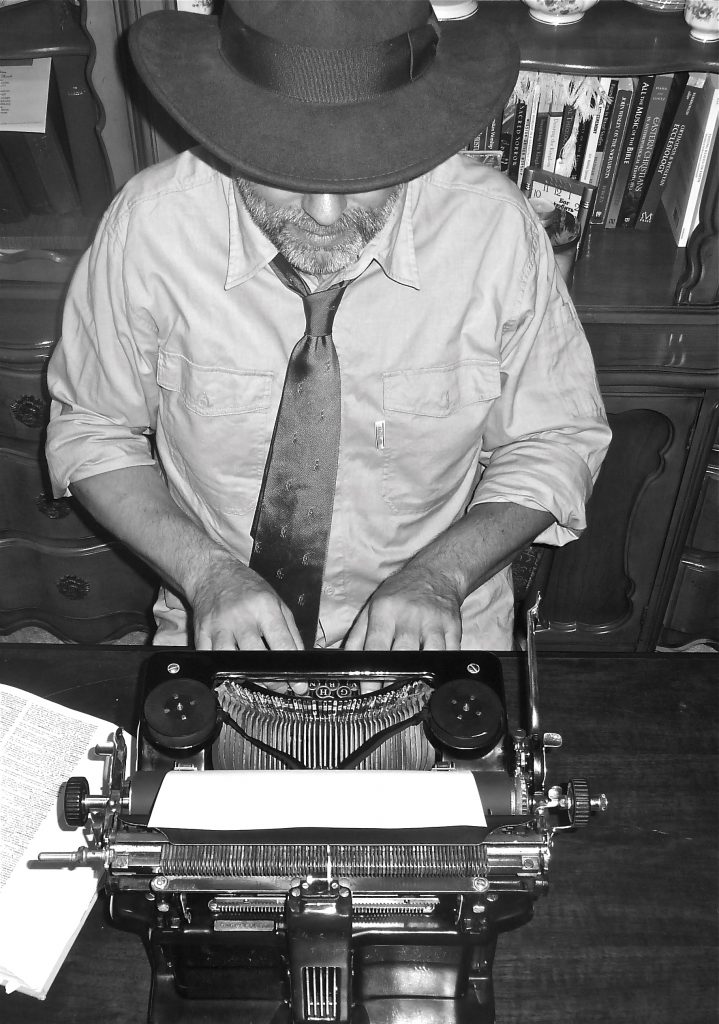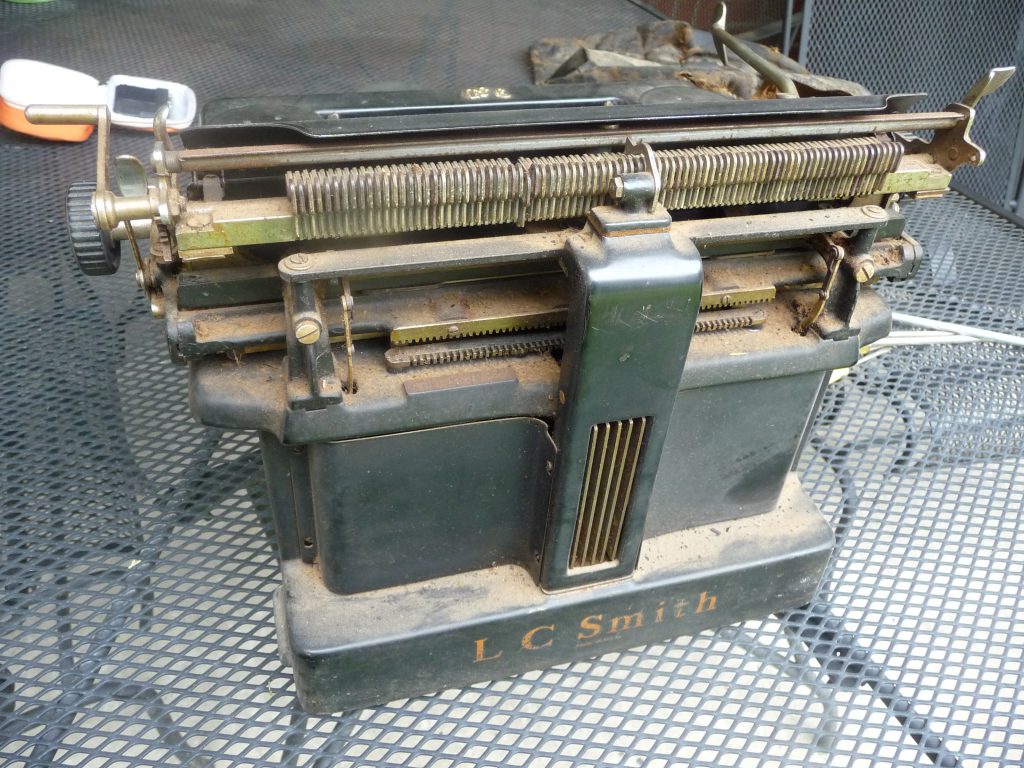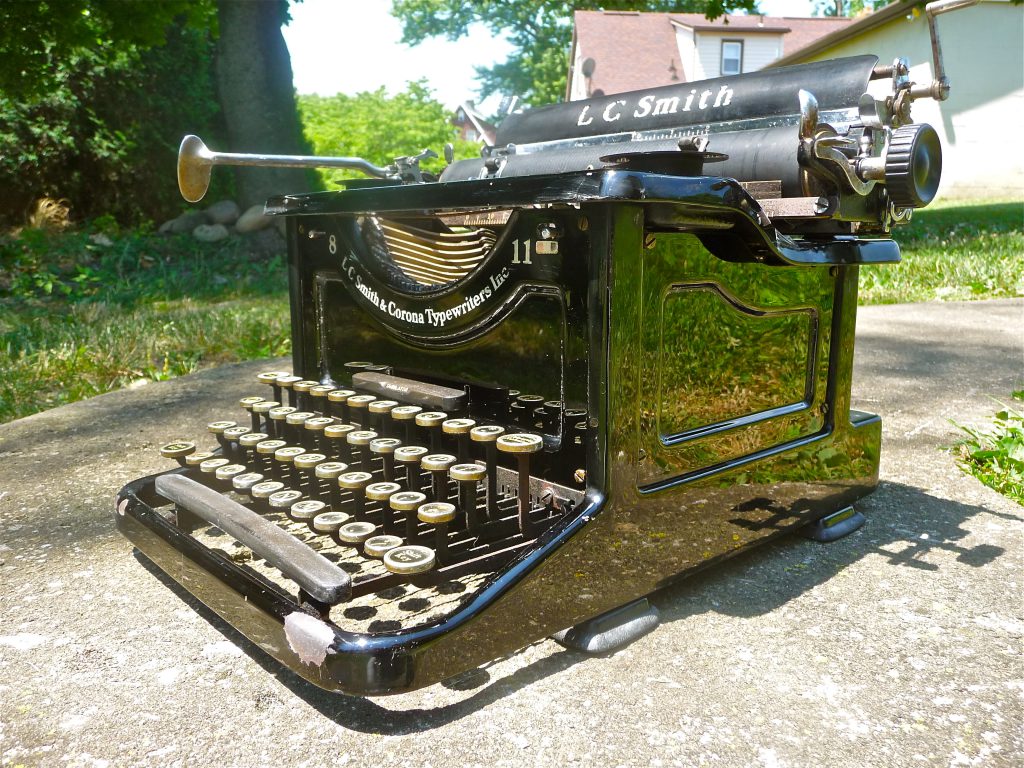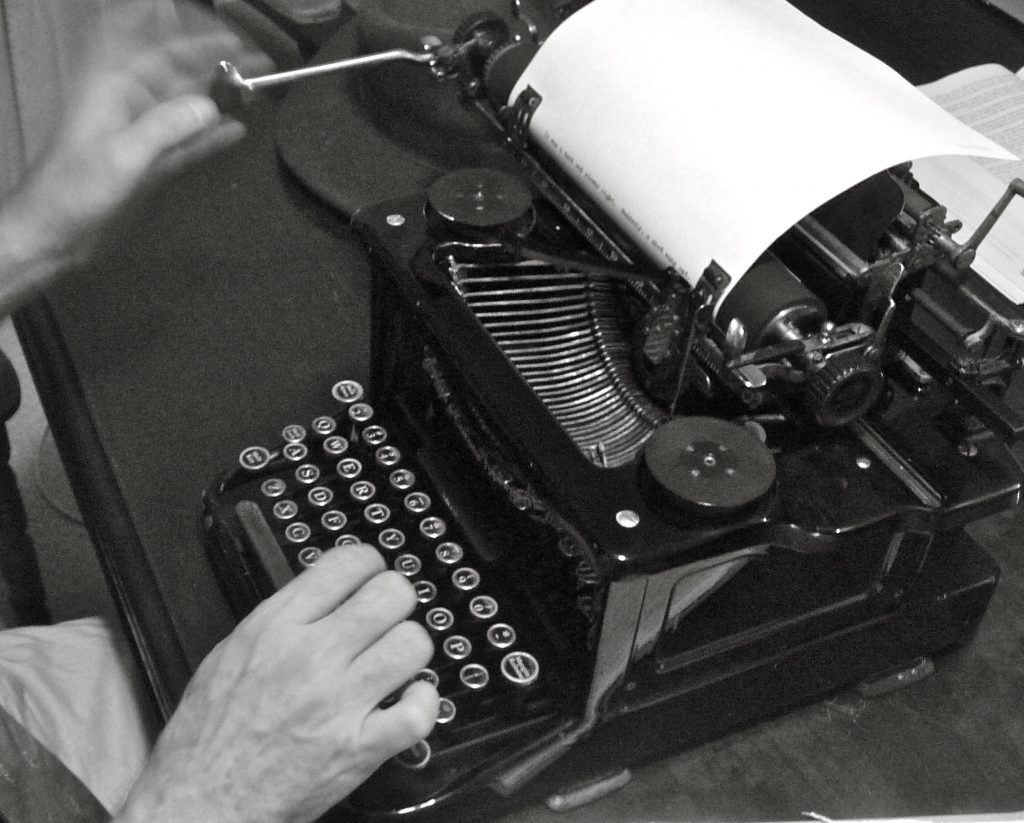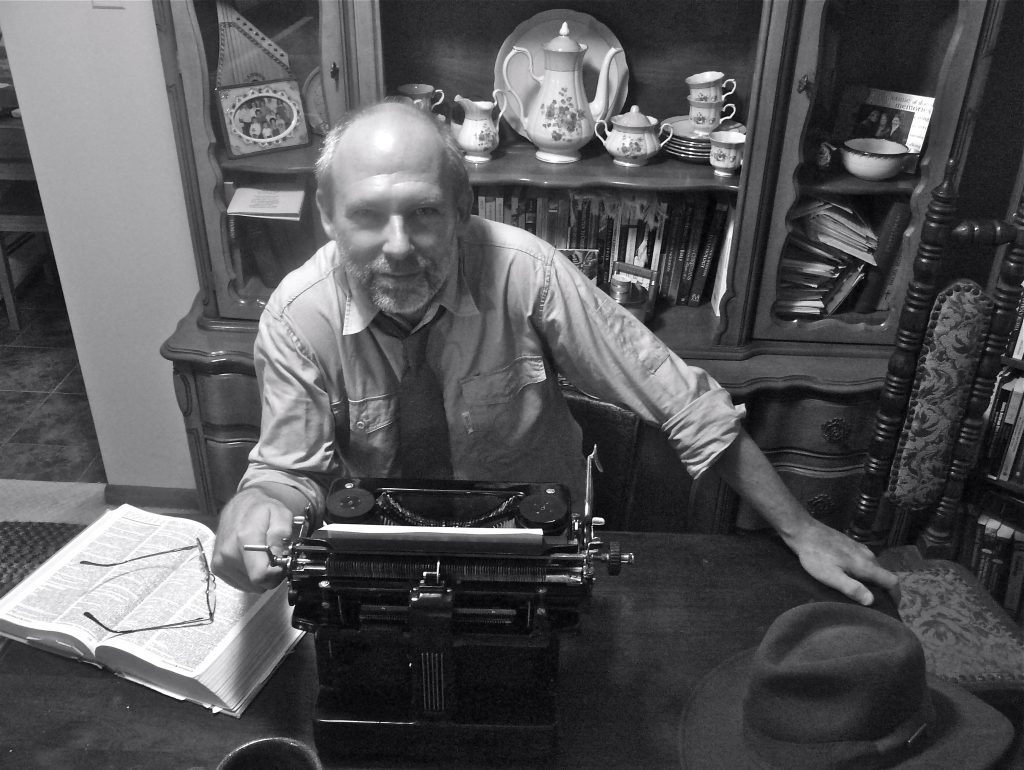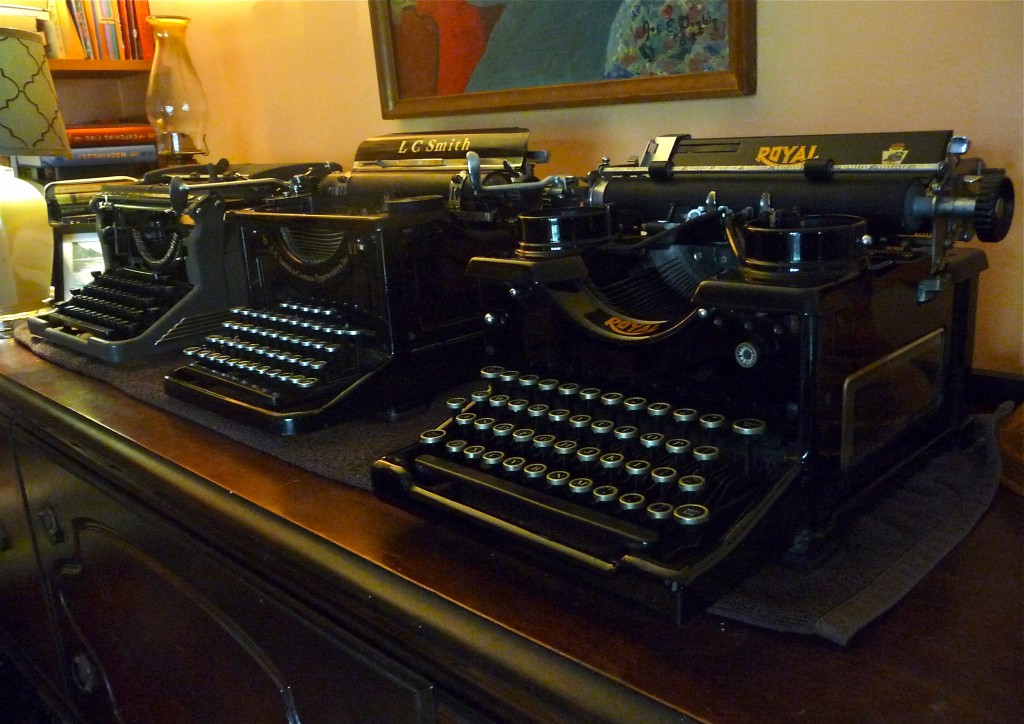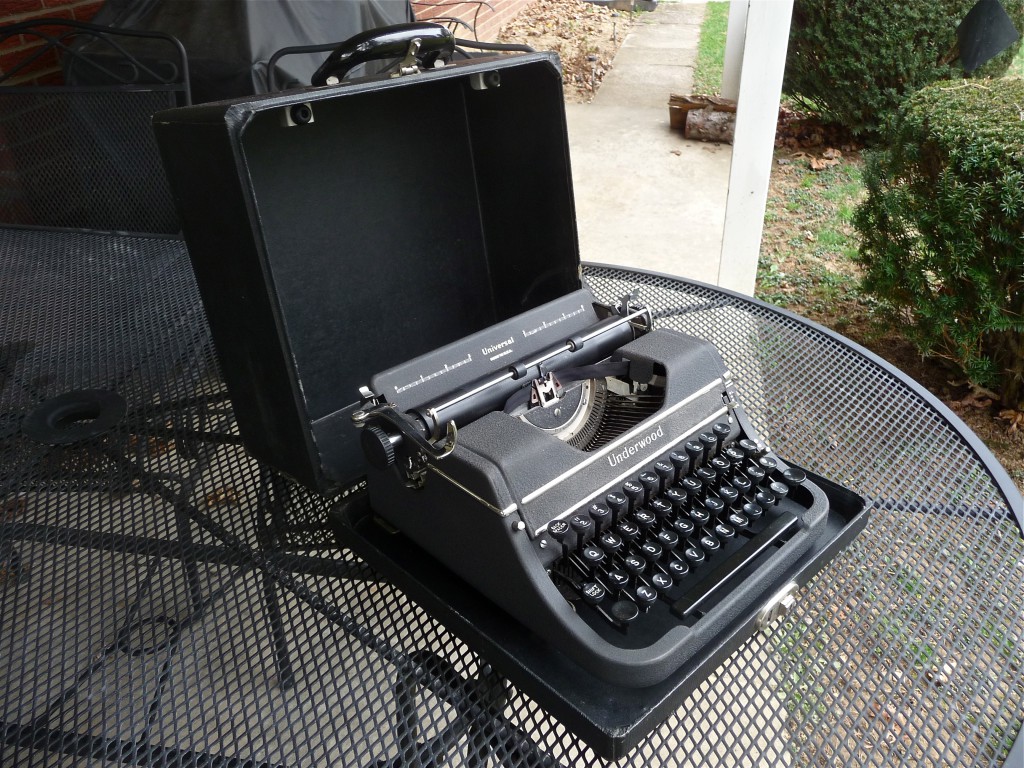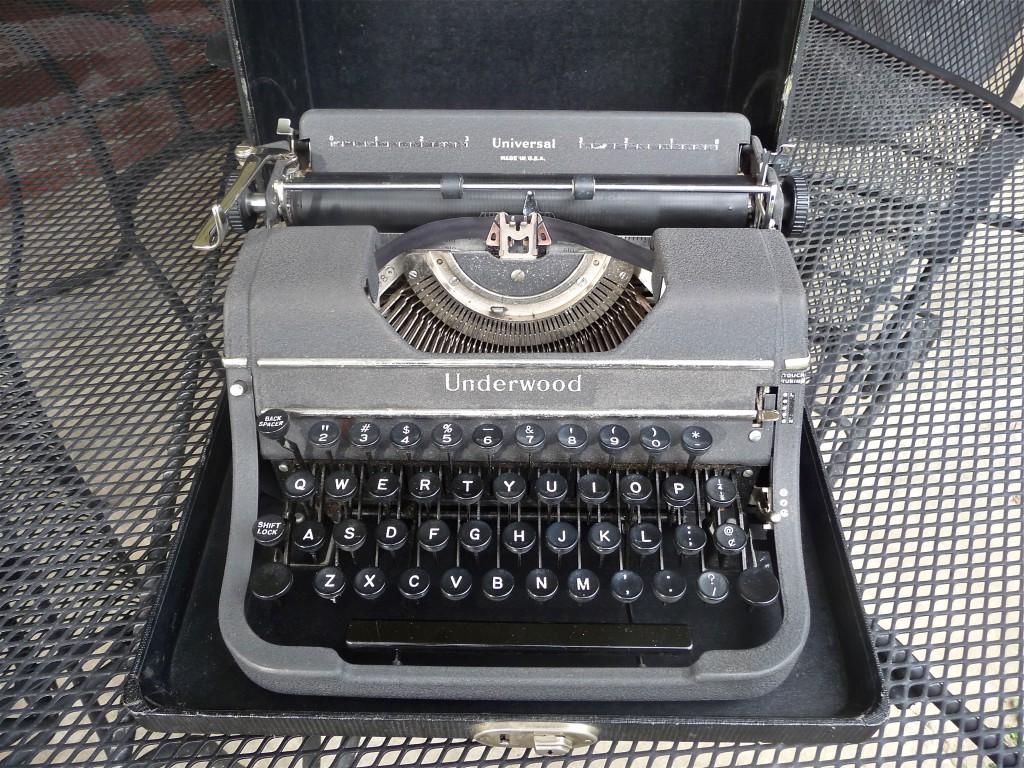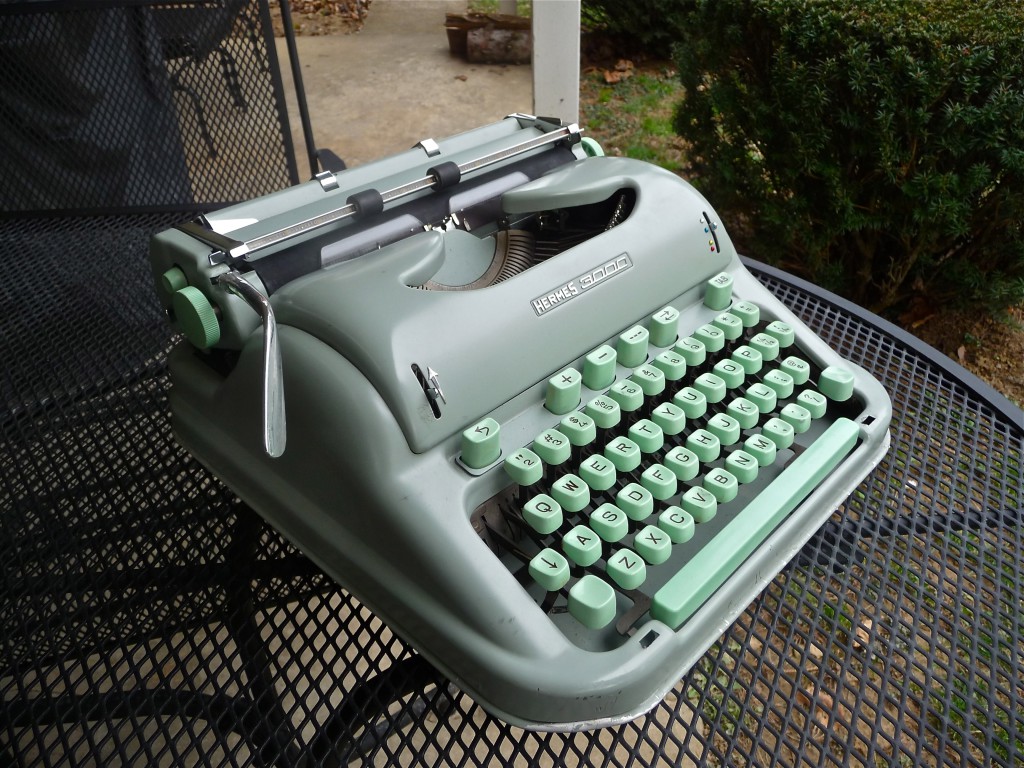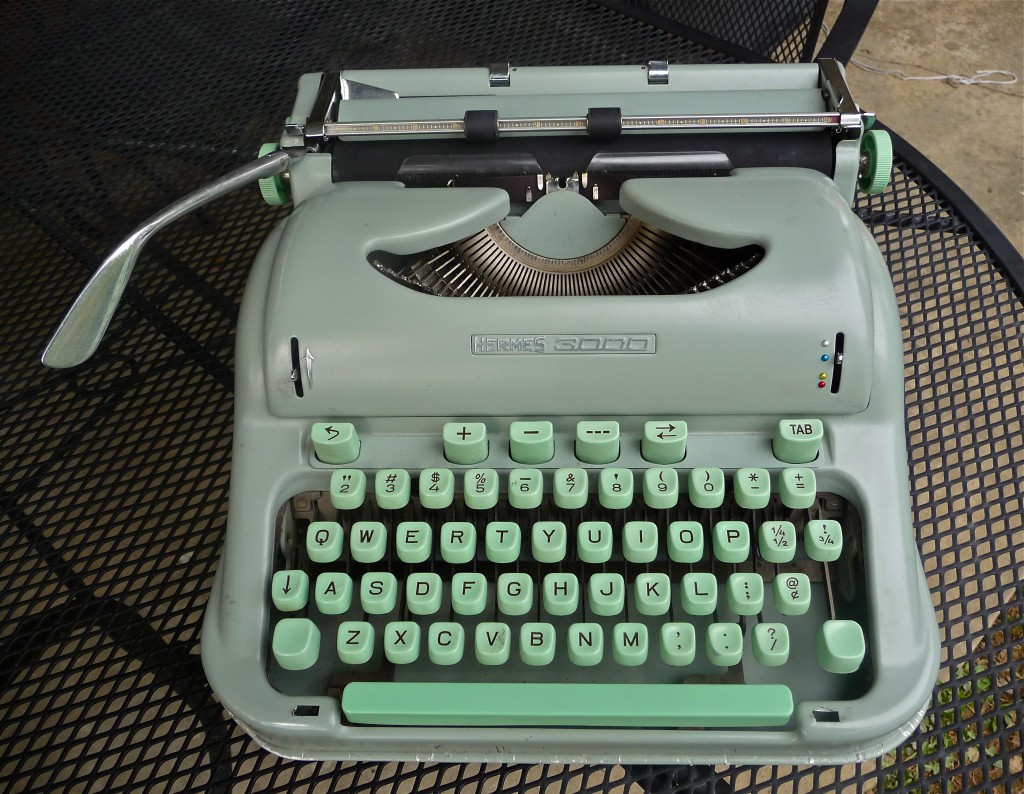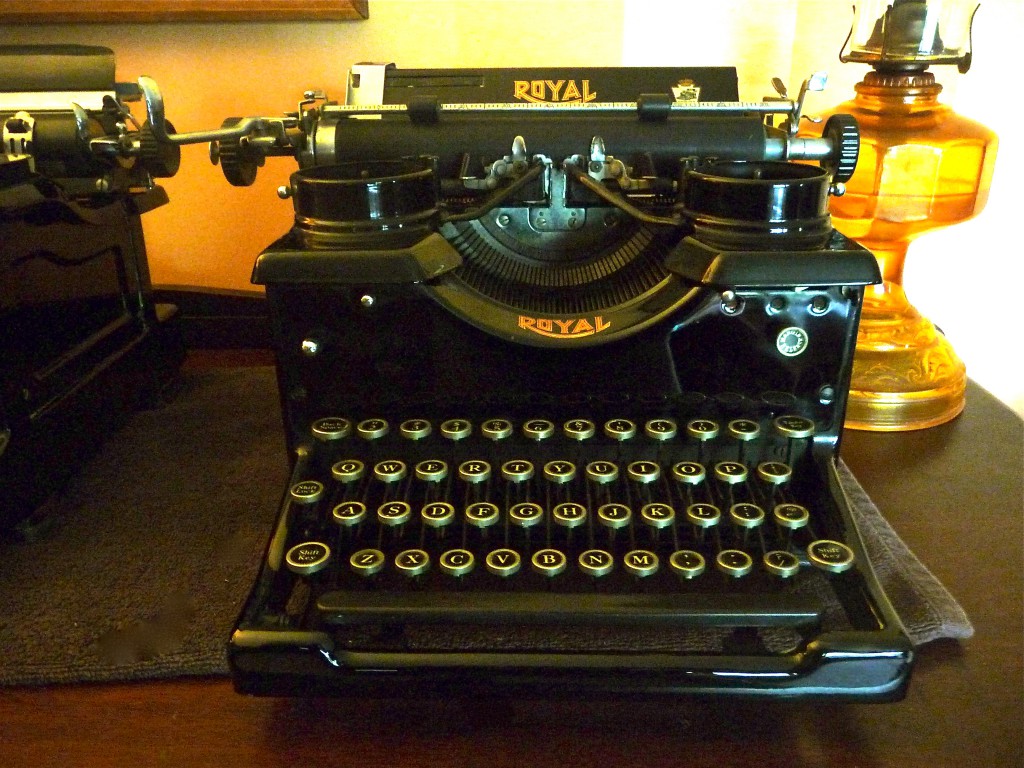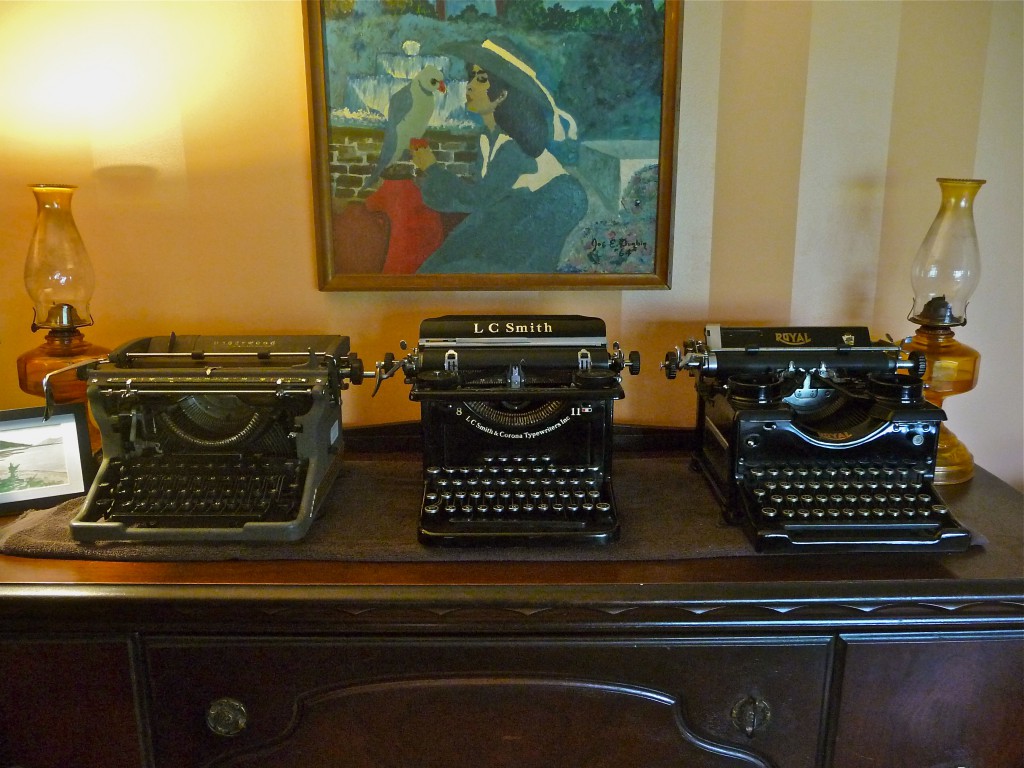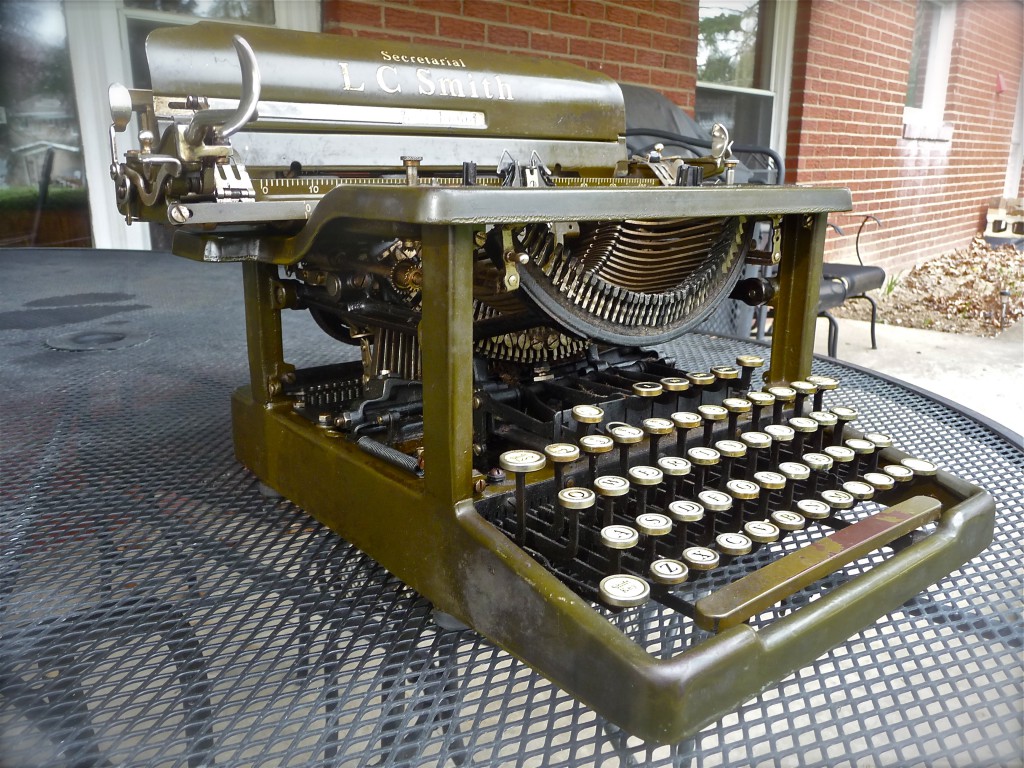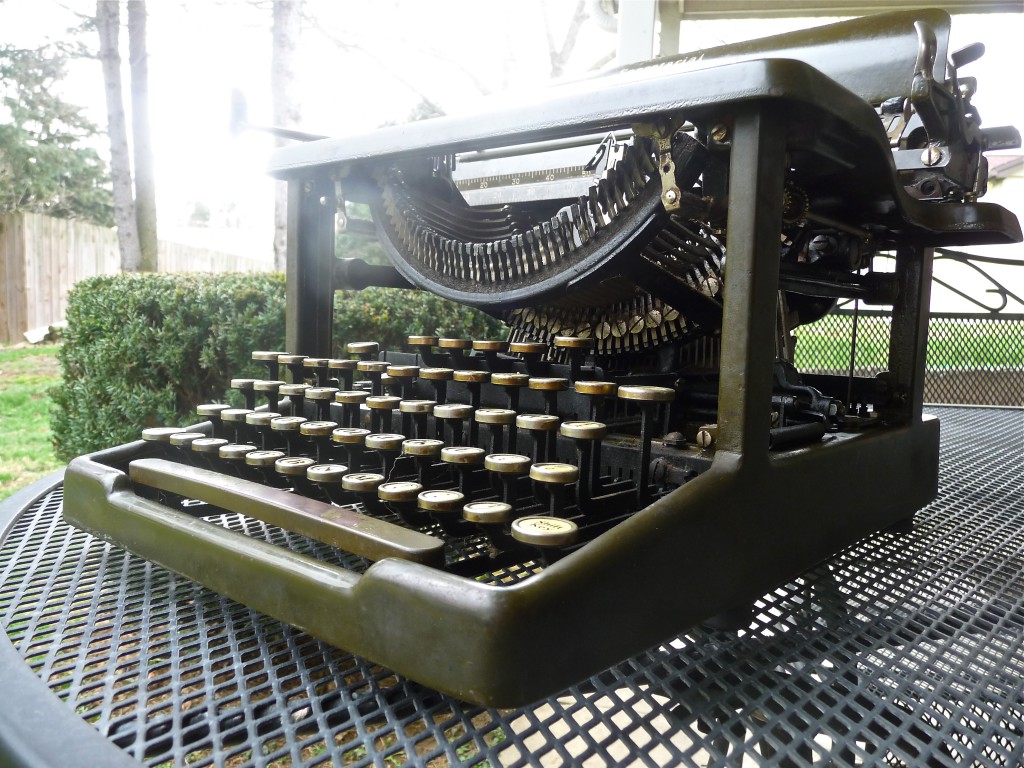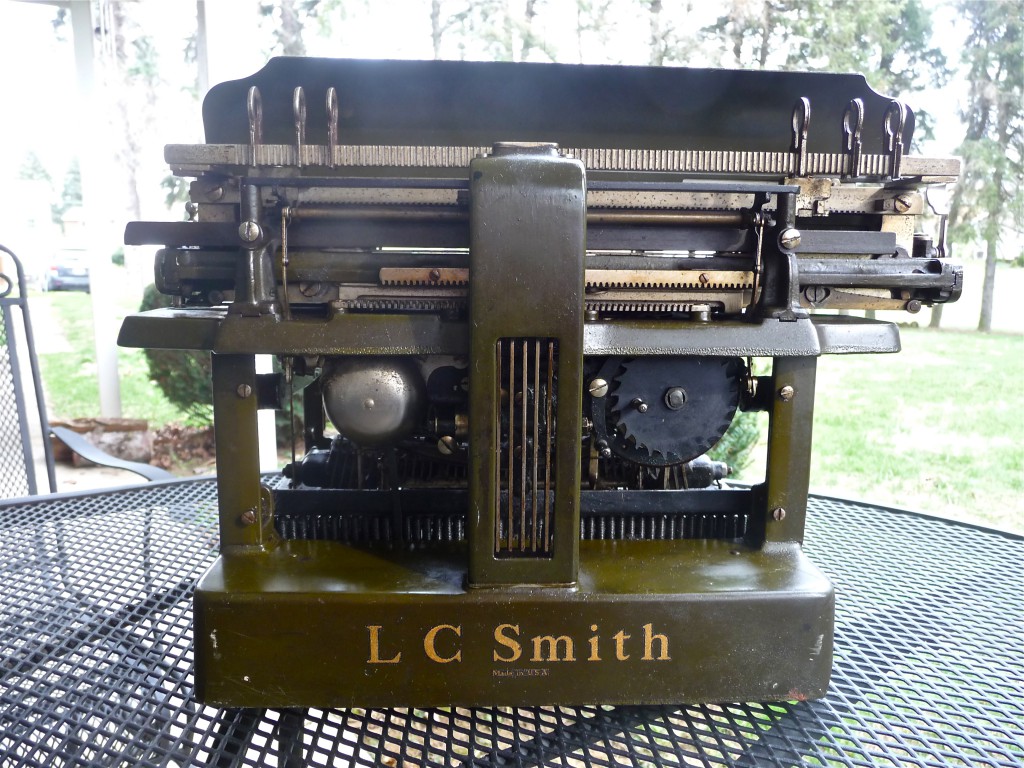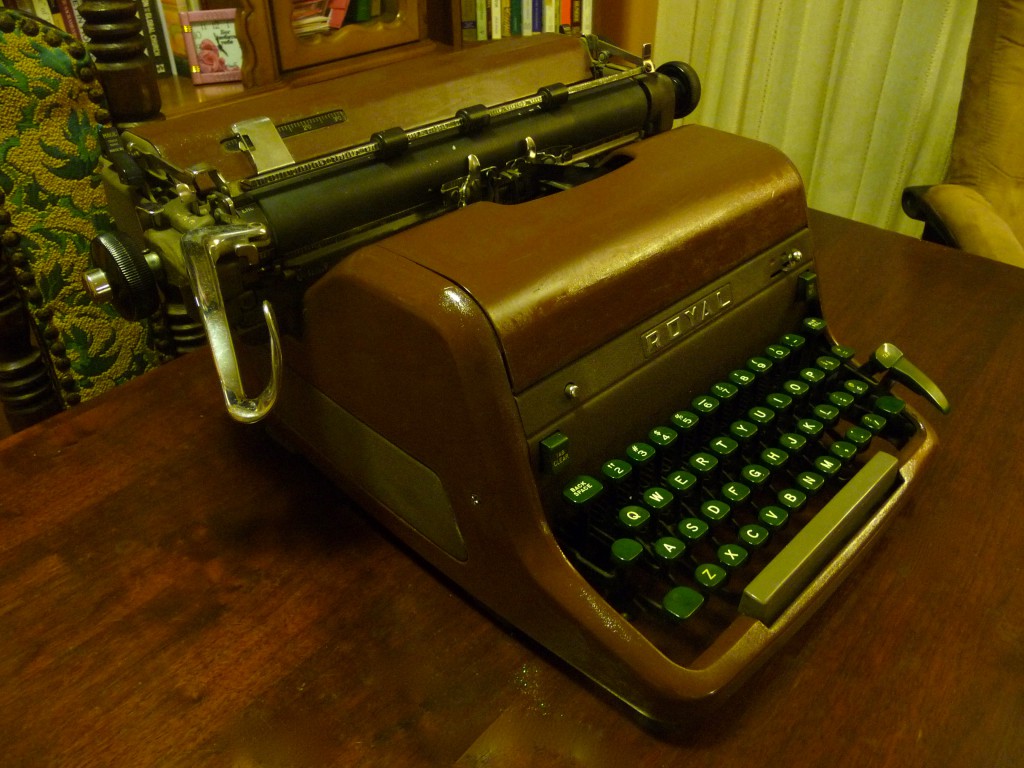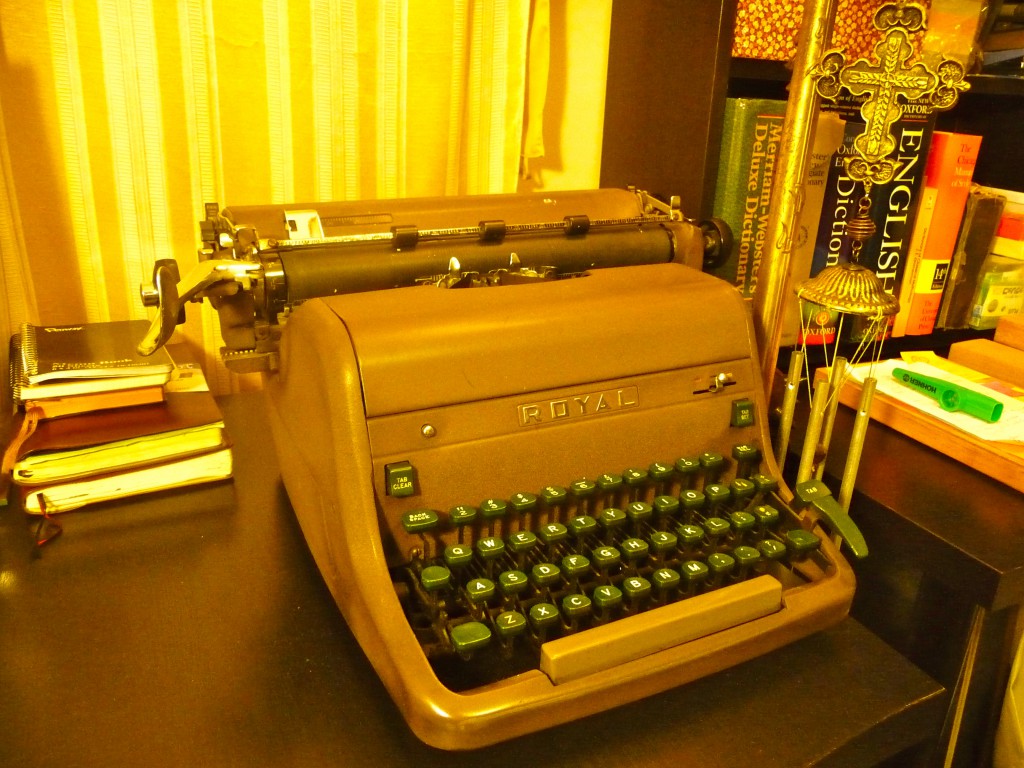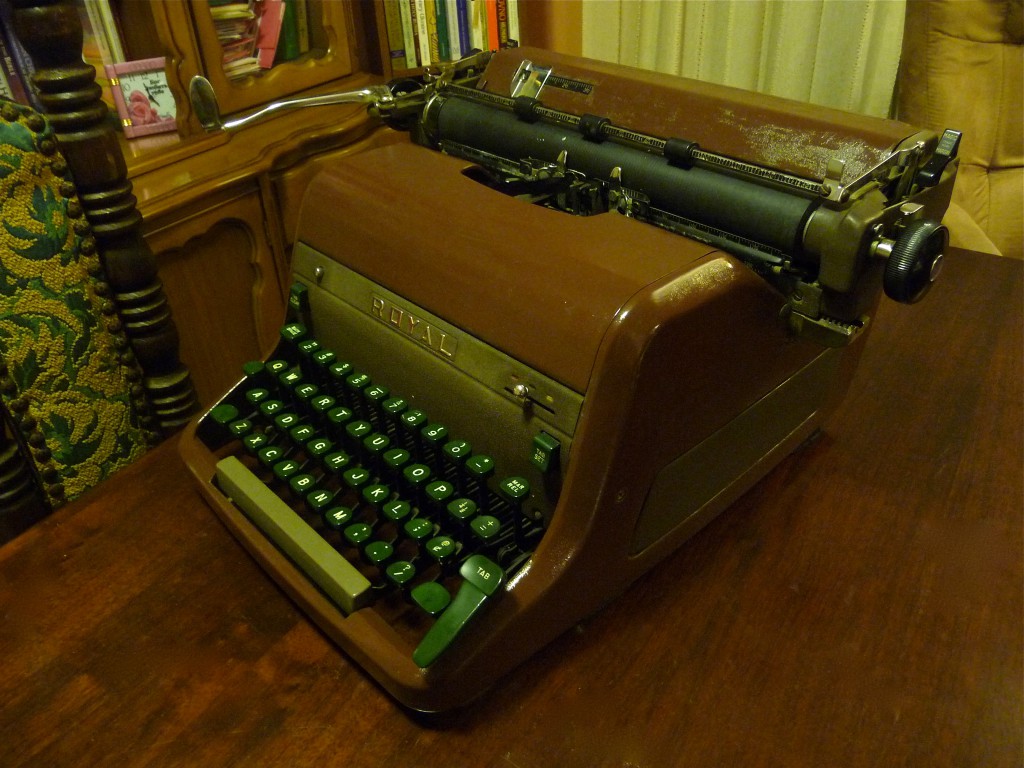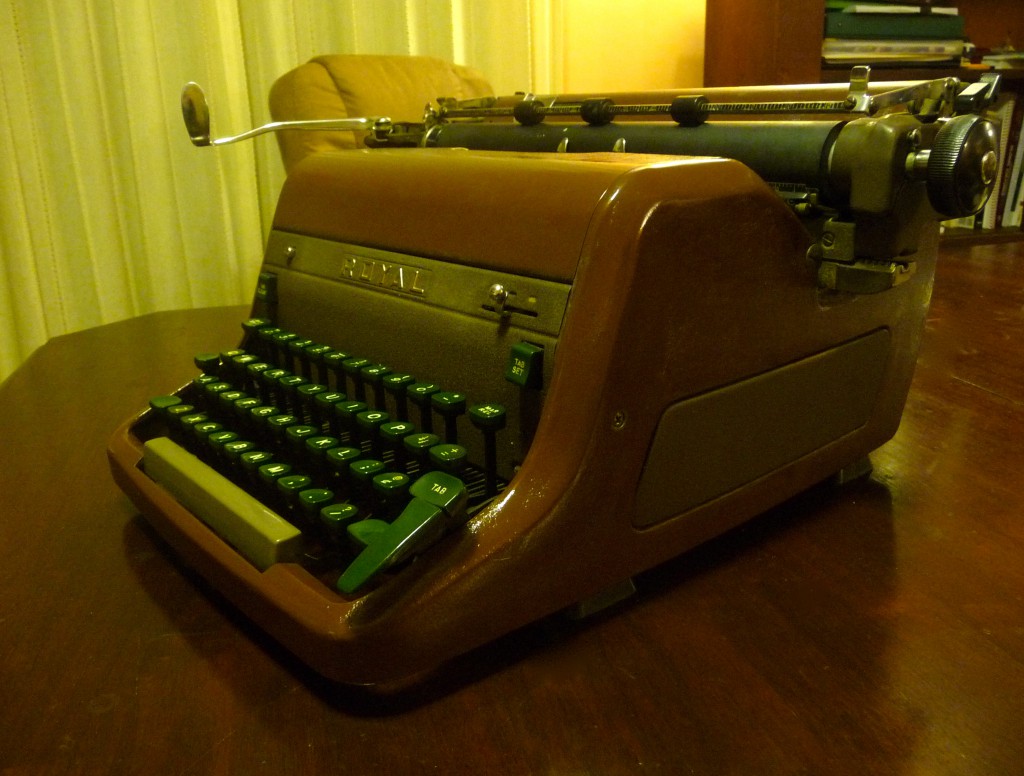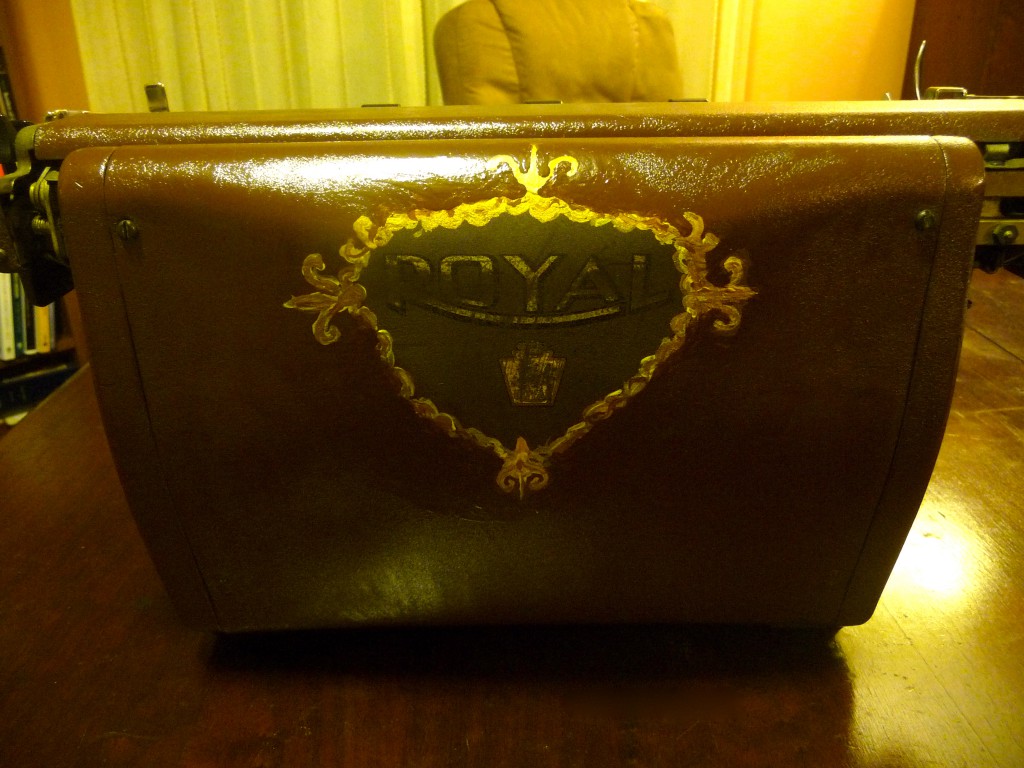Dear old friends of the blog have been after me to write more here. I’m writing a whole lot in real life, by grace — wrapping up the edits to the second book in my series, which hopefully will find a home with a publisher soon. Julie and I both are quite excited about that. But the blog is here, too. We can dare to hope that perhaps some new readers are seeking it out — are you there, new readers? — if they’ve run into A Green and Ancient Light and come looking to find out, “Who is this Frederic S. Durbin guy?” If you’re here, new readers, welcome! Pull up a chair and stay! Or at least drop in often, whenever you’re in the neighborhood. We’ve had a lot of fun on this blog, and I think we can again, talking about stories and writing, art and numinous nature and life. And for any old friends here, welcome back! As the old song goes, “Make new friends, but keep the old: one is silver and the other gold.” Let us hear your voices! I can’t do this alone, not when I have Facebook to compete with.
So it’s a hot night in July, the most magical of times. (Are you reading your Millhauser, Enchanted Night? Are you reading your H. P. Lovecraft? ‘Tis the season!) I think it’s time to share with you a passage from my most summery of unpublished short stories. This one almost made it into Cicada, but it was a bit too controversial. After several requests for rewrites, the editor (whom I still admire and respect profoundly) simply stopped communicating with me about this story. I think that was the gentlest of all ways to say, “I love you as a writer, but this story just isn’t going to work for this magazine for teens.” I won’t get into the controversial part. I’ll leave that to your summer imaginations, for what is more summery than a bit of scandal?
But anyway, here’s a passage from the story “Glory Day,” that two of my friends always remind me about. They like it. The scene is a county fair. In my hometown, which is the county seat, the county fair happens at about this time each summer. It’s probably going on now. Here we are:
* * * * *
With a roar and huff of diesel fumes, the Ferris wheel hoisted its cargo to the night sky. Girls squealed; lanky boys rocked the cars although beside the entrance ramp, the hand-lettered sign said “Do NOT rock the car’s!”—which prompted John to cup his hand toward Emily’s ear and murmur: “Do not rock the car’s what?”
Emily didn’t smile. She hardly ever smiled these days, even though it was summer, and the horror of high school was finally behind them. She’d only shrugged when John had suggested the Ferris wheel. The ride’s driver, bleary-eyed and pot-bellied, had only one arm, covered with tattoos. As he took your ticket, he growled something unintelligible, then slammed a bar across your lap and stuck a chained pin through the lock. When he revved the engine, you lurched backward, the footrest suddenly free of the metal deck. Your chair teetered whether or not you encouraged it. The green-black, trampled grass fell away with its nests of electrical cables. Above the multicolored lights, the striped tent roofs, and the sea of people, you were rising, rising into the cool sky where only the stars and the wind lived. But if the girl beside you didn’t wriggle closer and want you to protect her from the dark and the height, what good was it?
“When do you think we can get together again?” John asked as they stopped, halfway up, the driver letting more people on.
Emily scowled, playing with her sleeve, seeming not quite sure whether to roll it up or down. “I don’t like always worrying about next time,” she said. “When we’re together, that’s what we talk about—‘next time.’”
“You’re right,” John answered quickly. “Let’s enjoy being together.”
“Hon, I’m tired.” She rubbed her eyes.
He was grateful she’d called him “Hon”—any romantic talk from her these days was like water in a parched land—but he didn’t like the sound of “tired.” Did she want to go home already? Experimentally, he bounced his knee sideways against hers.
She didn’t return the playful bump. “I don’t like lying to my mom,” she said. “I don’t like myself when I do.”
“You shouldn’t have to lie.” He gnawed his lip. They’d been down this road often, and it never led anywhere. Without a certain degree of truth-bending, they’d never see each other outside of school. And now school was over.
Coming over the top of the Ferris wheel was like cresting a wave. Then the car plunged down again, down toward the hats and balloons and stuffed animals, down toward the twelve-year-olds trying desperately to look nineteen, and a few fifty-year-olds trying to look twenty-five. The crowd wore the summer fashions of a Midwestern town: T-shirts, tank tops, jeans . . . a few cowboy hats (though this was Illinois) . . . spaghetti straps and too much makeup; cans of snuff bulging like hockey pucks in hip pockets; bill caps advertising seed, fertilizer, and farm machinery . . . flip-flops and high heels impractical in the midway’s mud. Guys clung possessively to girls’ hands or waists. Younger teens stood in tight, sulky circles, eyeing passersby and forming their judgments while one or two girls did all the talking, the rest breaking their pouts to bray with laughter at the right times.
John wondered when the county fair had stopped being magical. He’d come every year—the fair was a fixture of summer, a time when school was as far off in either direction as the poles of the Earth. But it was so much smaller now than it had been when he was six or ten. Had there always been so little of it, spread out between the grandstand and the ranks of parked cars?
The Ferris wheel seat swooped backwards over the ramp again, past the stoic driver, and up at full speed. John reached for Emily’s hand. She laced her fingers between his but didn’t scoot any closer.
For John, life would be perfectly simple and good if only he could go through it with this girl beside him, if only he could hold her at the end of each day and put his face in her fragrant dark hair. Everything else was a triviality: college, career, money, a house. . . . John had found everything he really wanted at the beginning of their junior year. That “everything” was Emily—but she didn’t see it that way. Maybe girls in general didn’t see things in such simple terms.
John wanted her to look at the fair’s lights, nestled in their bright array among the endless dark fields. He imagined it as an oasis, a glowing kingdom of enchantment that only appeared for a week in the deep summer and then was gone. But when he said things like that, at the best of times, Emily would push her palm against his chest and gently say, “You’re silly.” At the worst of times, she’d shift her eyes impatiently and her knee would begin its nervous jumping, a subtle vibration powered by her ankle, up-down-up-down like a little jackhammer.
Emily was driven, and John knew he was no more than a convenience. There’d never been a doubt in Emily’s mind or her parents’ that she’d be a doctor like her father. Toward that end, she wasn’t allowed to date. John couldn’t call her; he’d never had dinner with her family, or she with his. According to the laws of Emily’s house, he did not officially exist. He represented only potential derailment. He accepted all that gladly, as long as Emily exchanged letters with him nearly every day at school, hers folded into neat little triangles taped or paper clipped shut, decorated with smiley faces—as long as they could steal moments like this, when she was out with a group of girl friends. He could accept whatever he had to do, because during Homecoming of junior year, Emily had whispered to him “I love you.”
The treasure of those words had gotten him through chemistry, physics, trigonometry, and calculus—abominations that existed solely to make life harder for people who had words and feelings, not numbers, in their heads.
John was a way for Emily to have a boyfriend despite her uncompromising parents. He doubted any other guy would put up with a mostly inaccessible girlfriend; but John looked at the big picture. Time would pass—things would change. It was Emily he wanted, and someday she would be free.
But in his heart, John had begun to realize the truth. He read it between the lines of her notes; he heard it in the way she criticized his clothes (“You could look so much nicer if you tried”). He saw it in her eyes now. She wasn’t just looking out at the winking lights of distant towns—she was looking at the future, and her knee was jumping. It was a future in which John had no part.
Already the driver was starting to unload the cars, the short ride nearing its end, like summer, like life. John had the sudden sense that he was hurtling through hyperspace, the stars like lines around him as he rocketed toward old age without having drawn more than a single breath of youth. Graduate, marry, work, raise kids, retire, die.
John and Emily were parked momentarily at the wheel’s top, high above the illumination and the calliope music and the crowds, under the breathtaking canopy of stars. The scene was the stuff of which dreams are made. Feeling a wave of sad desperation, John took Emily tenderly by the shoulders and kissed her long and slowly.
Here in this airy car, suspended in the holy summer darkness, it should have been a kiss to remember for a lifetime; but Emily’s heart wasn’t in it. A kiss unmeant was nothing but suction, a jarring of tooth on tooth.
When she pulled away, John sat back with a terrible knot of grief in his throat.
* * * * *
I’m back. Yes, it’s a little sad, but isn’t summer a little sad in its extreme brevity, and because of the memories it evokes?
Do you have memories of the fair, or a summer carnival? Let us hear them! Whether I was with a girl or with a family member, I’ll always have clear in my mind that amazing view from atop the Ferris wheel, that endless warm, dark land, with the glows of towns here and there; the stars above, dazzling; and that musical, pungent, noisy spectacle of the fair, so small, really, in the perspective of things.
What are your memories? Les Calvert sold “Indian Bread” from his secret recipe — the food of Heaven! Lemon Shake-ups. Corn dogs. The demolition derby. The Miss Christian County pageant. One strange, awkward, teenage summer night, my friend R. and I had the honor of escorting the new-crowned Queen herself — I can’t for the life of me remember her name, though she was blonde as the sun — across a patch of mud after the pageant. She asked us for help. She was the Queen, but she was alone (no family, no entourage), and she was glad for two ordinary guys offering arms, so that she could keep her shimmering dress out of the mud as she tottered on her heels. We walked her all the way to the safety of her car. I wonder if R. remembers that.
Some kid got electrocuted once, stepping on one of those high-voltage cords that snake through the mud at county fairs, in the shadows between the calliope and the funhouse. Death at the fair.
When I was really little, My mom loved to play the game where you put down a coin as a bet on a color, and a ball came down a net-chute onto a spinning color wheel. Doing that, she won me a large purple teddy bear that we always called “Fair Bear.” My dad was a good sport, taking me into the haunted house on the back of a trailer. I loved the haunted house, with its shrieks and latex horrors.
What are your memories of the fair?
